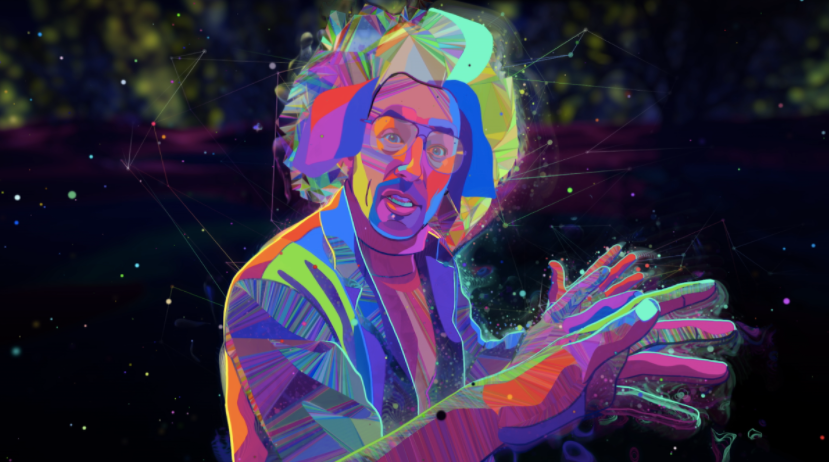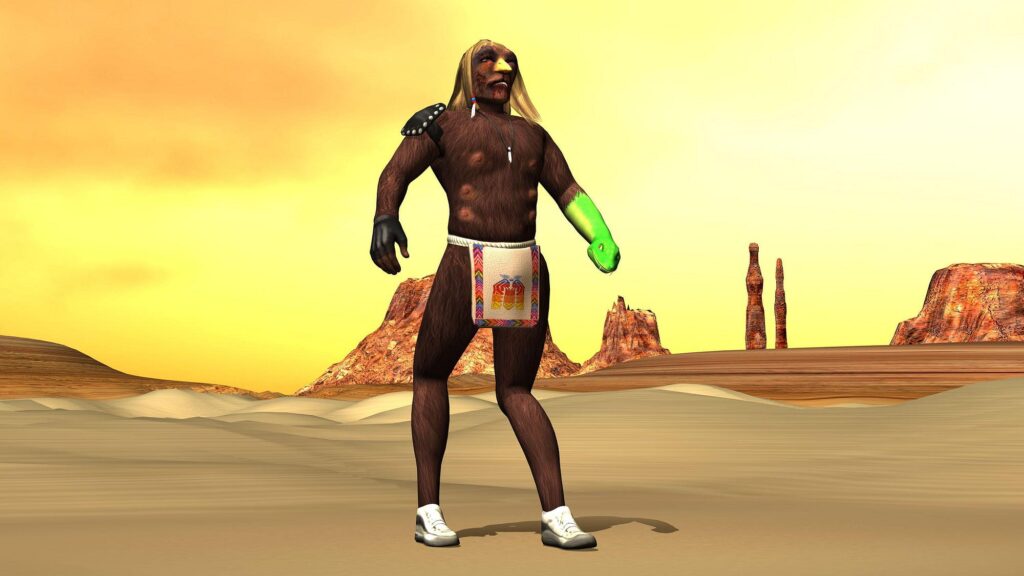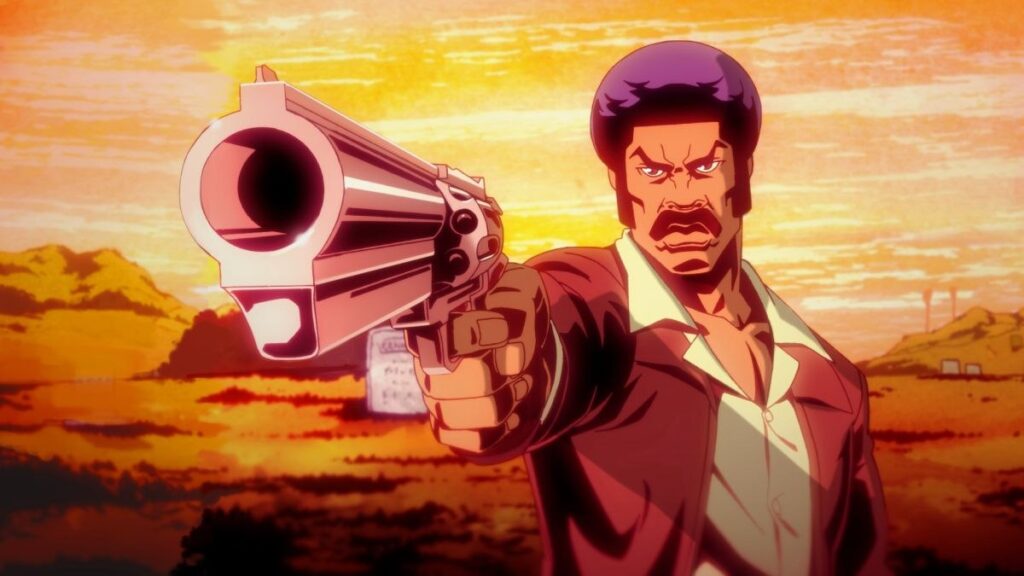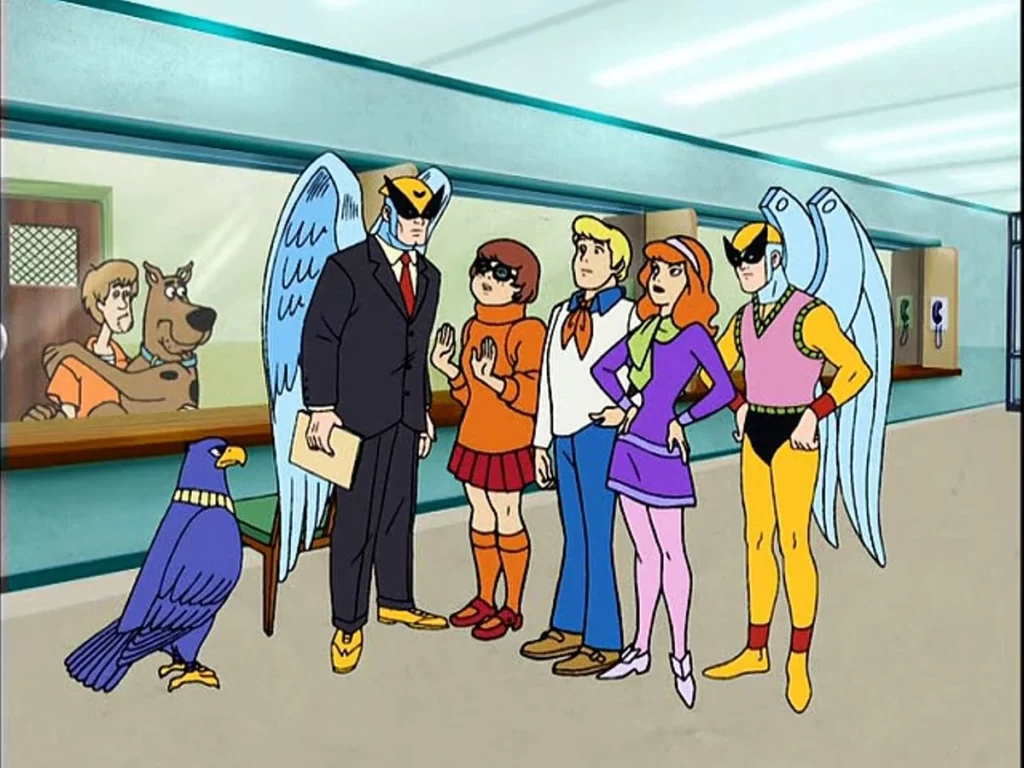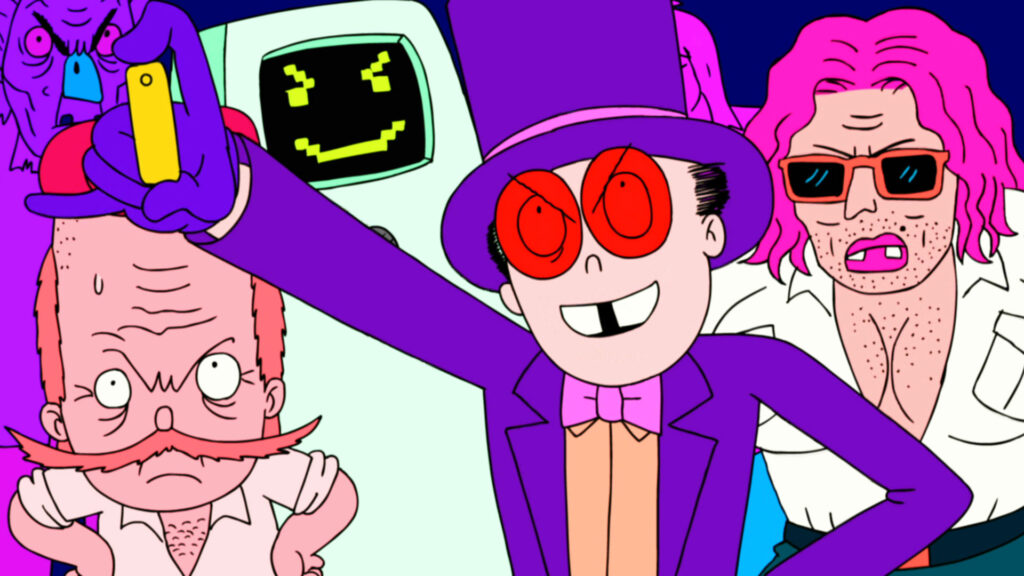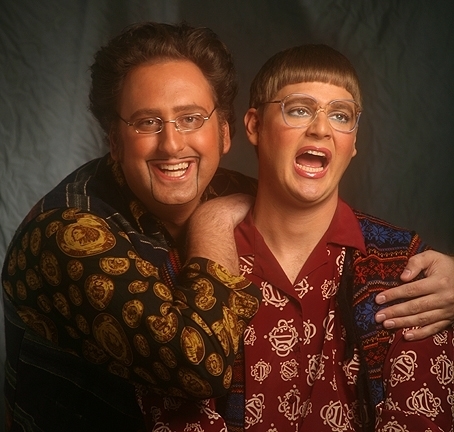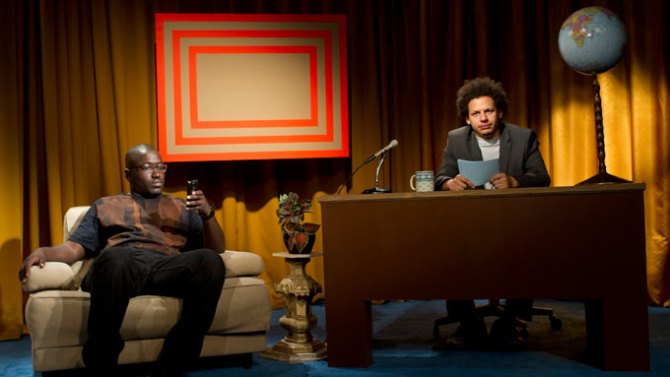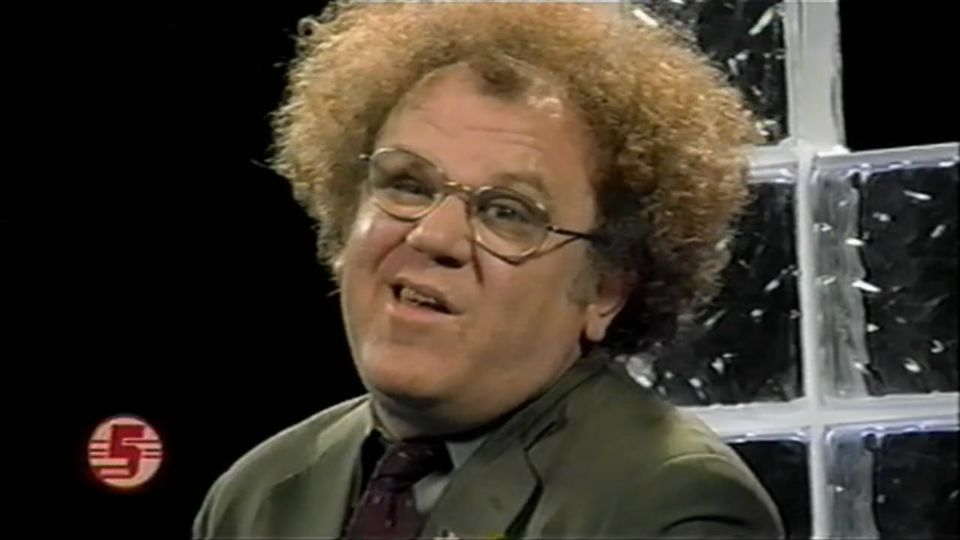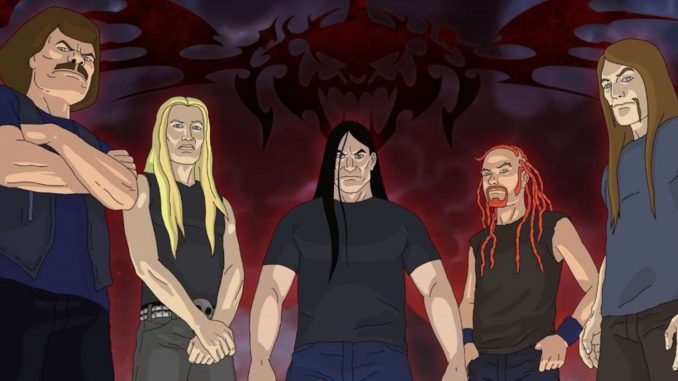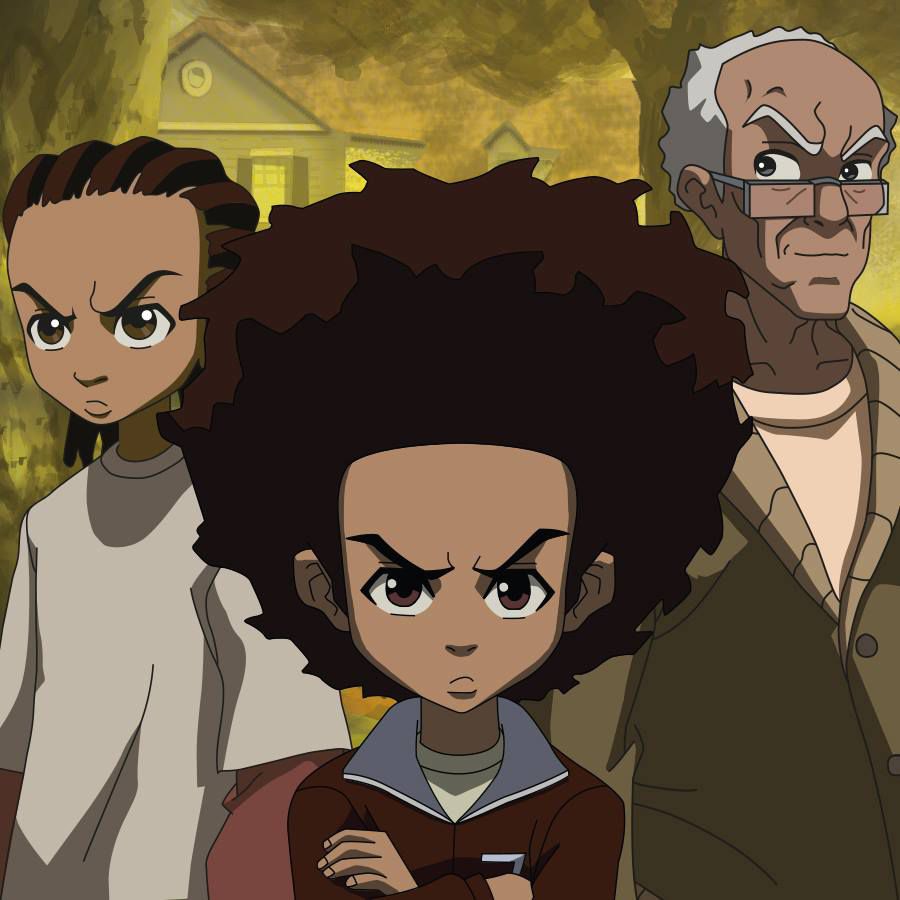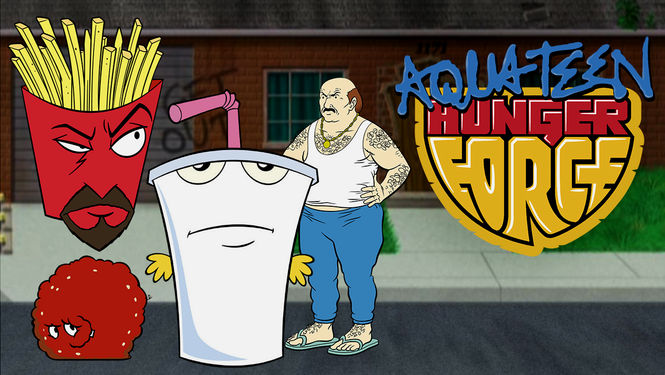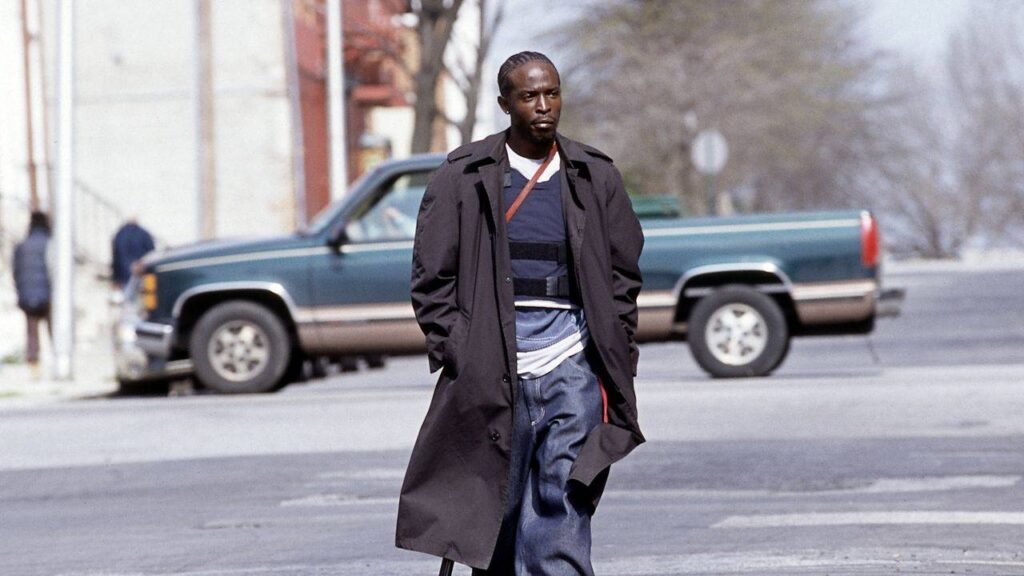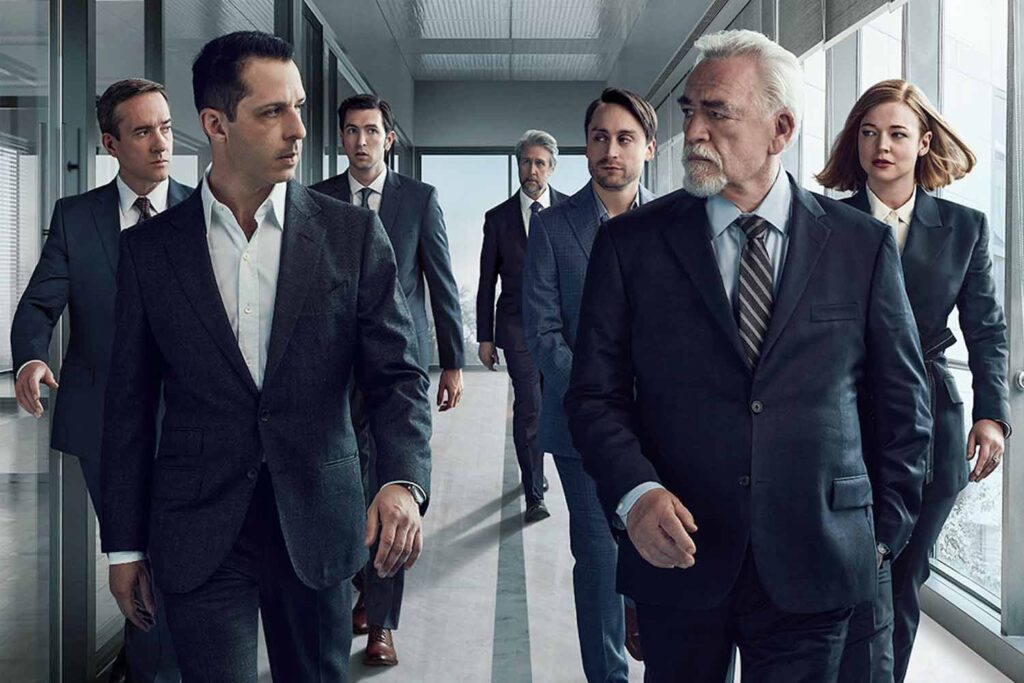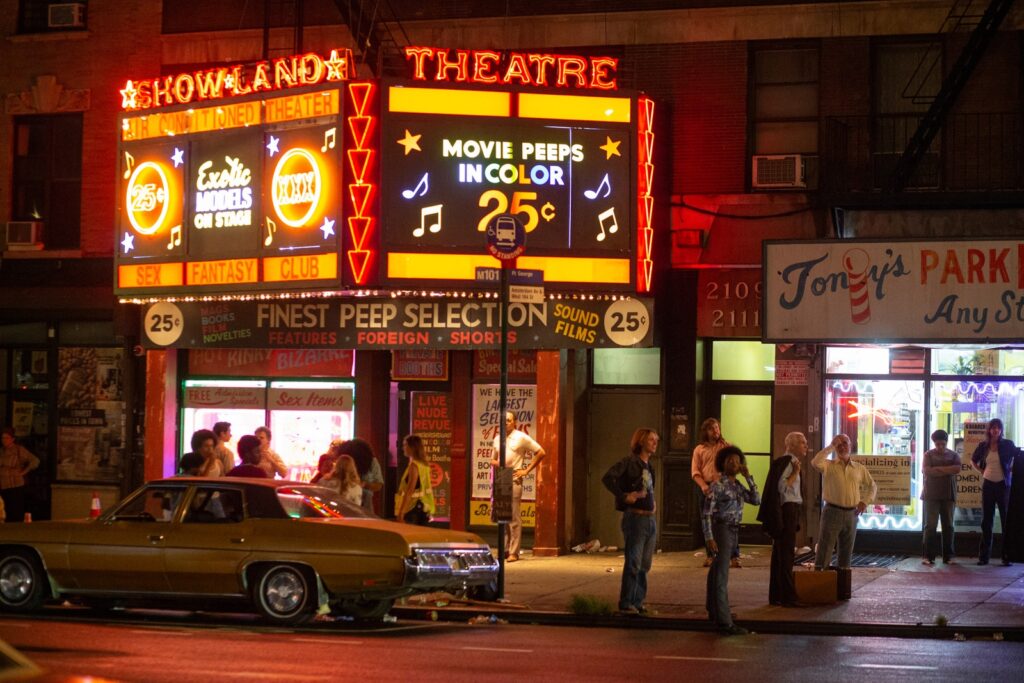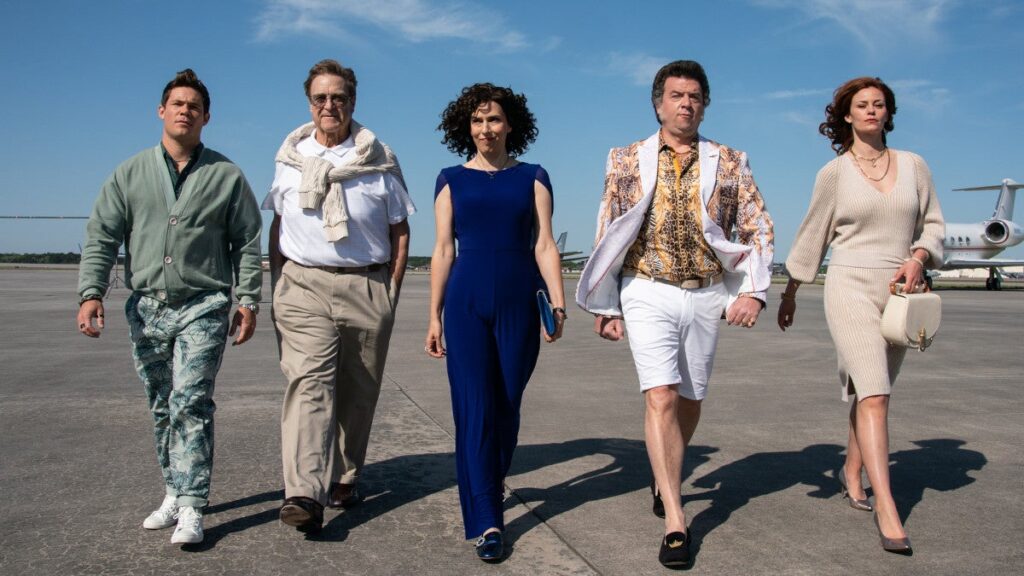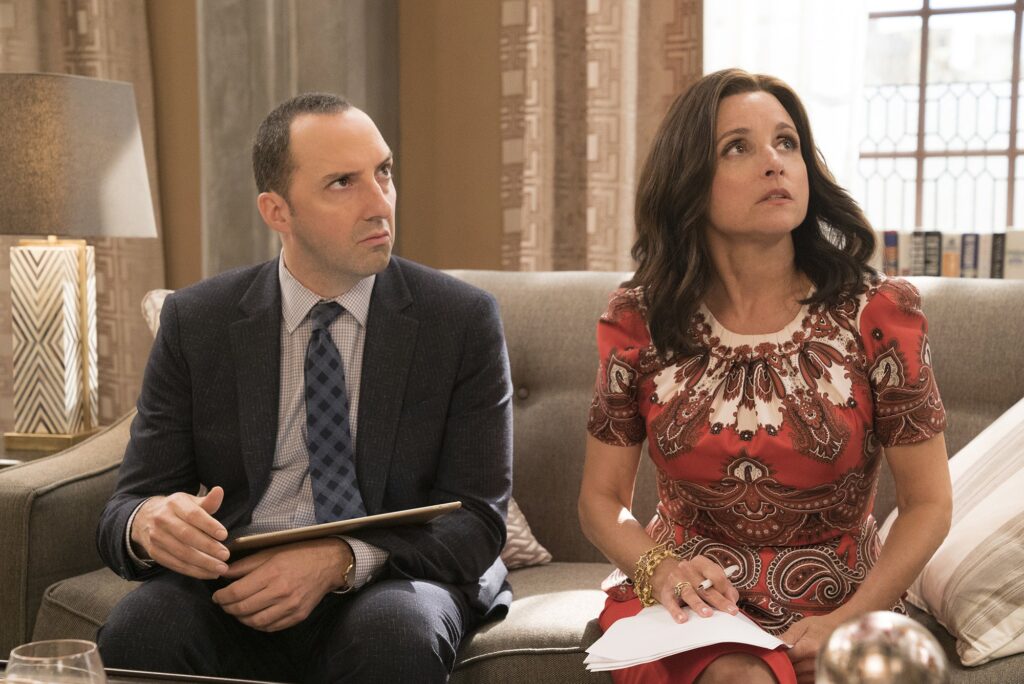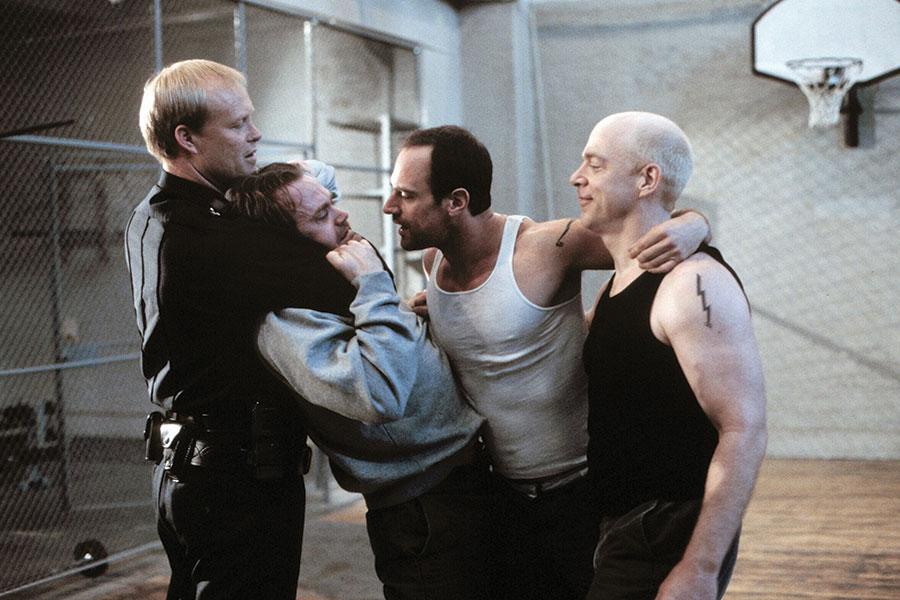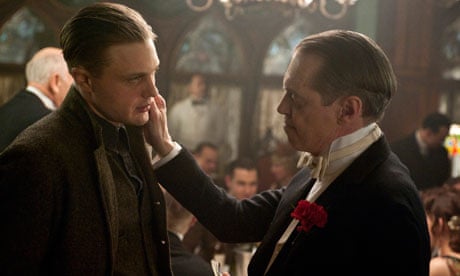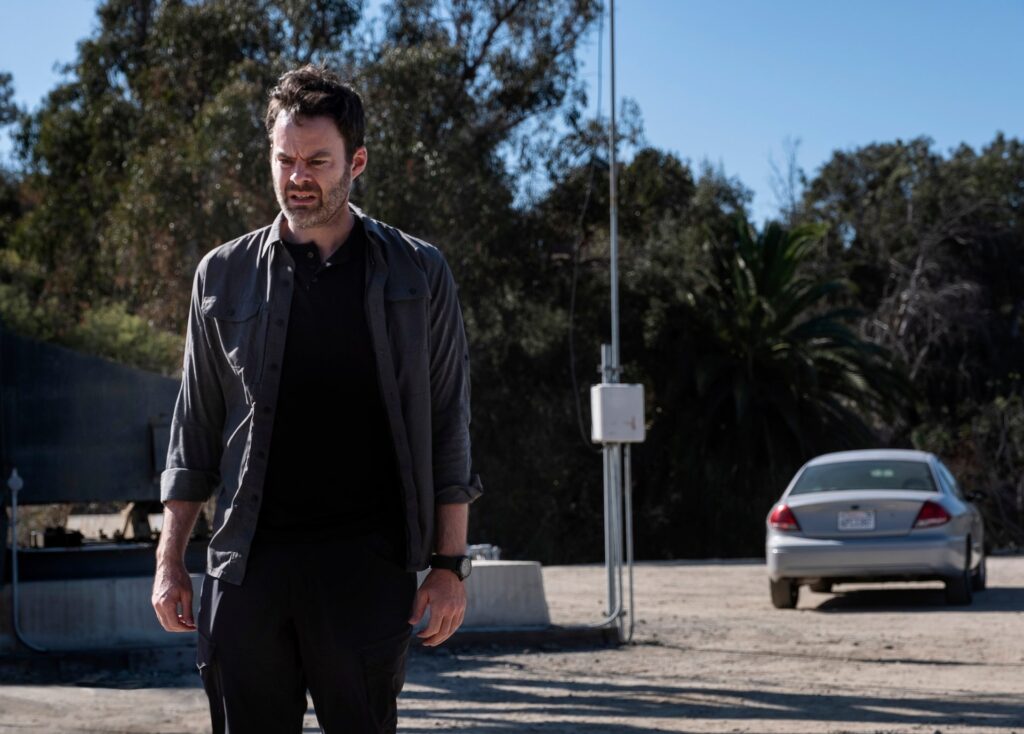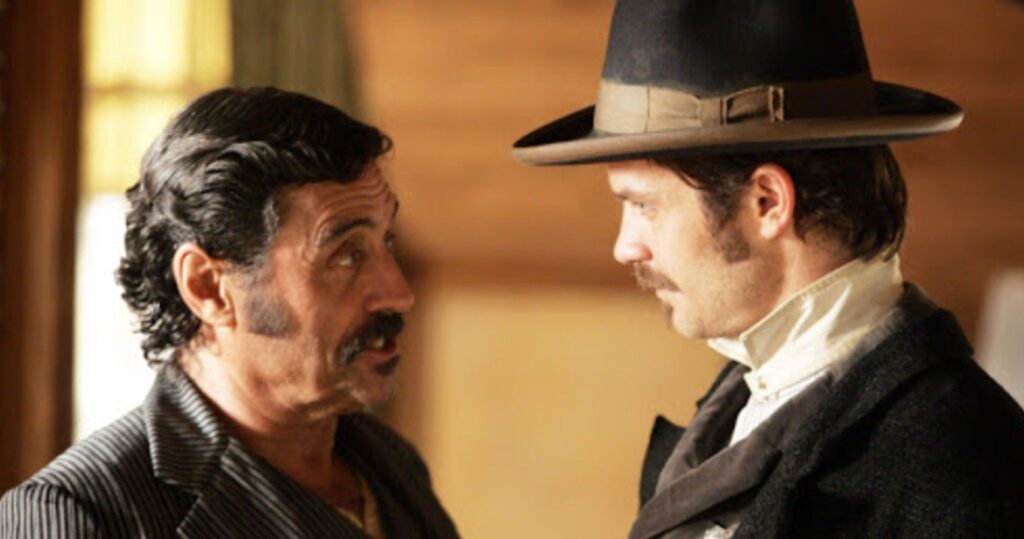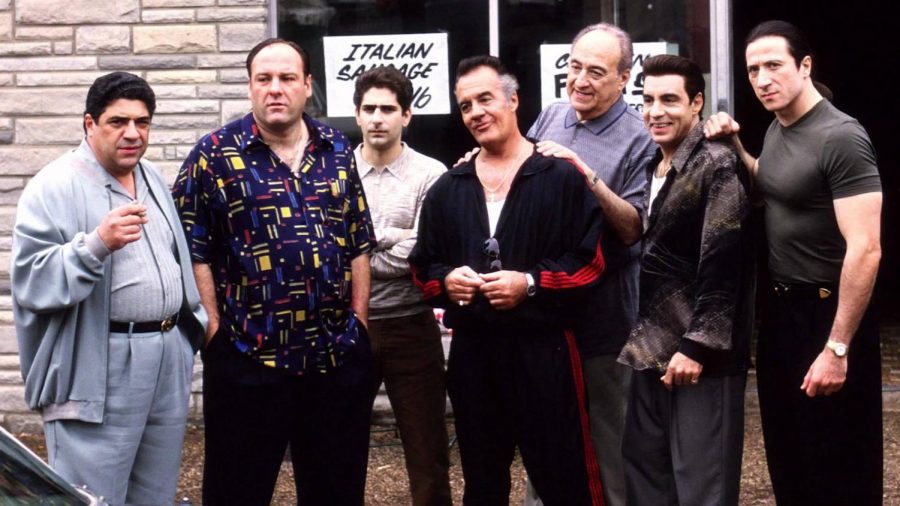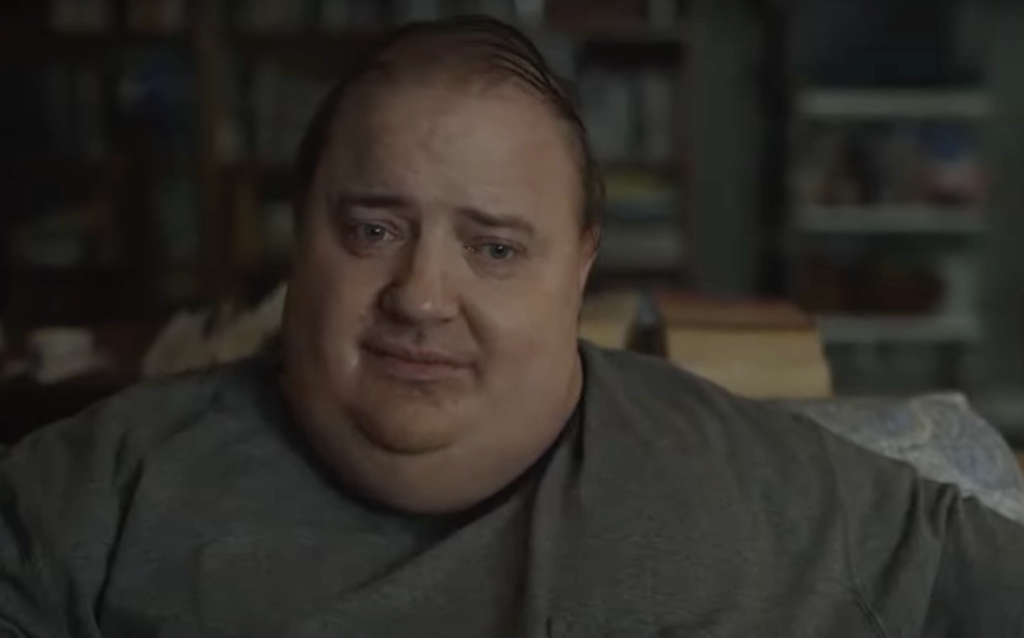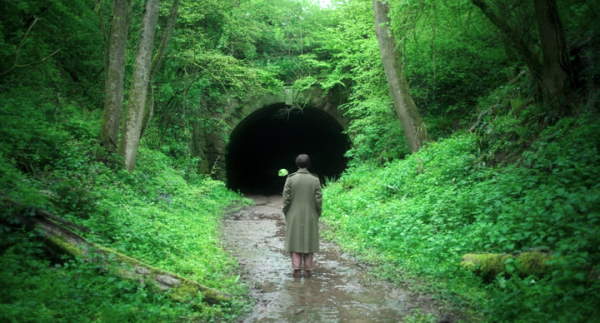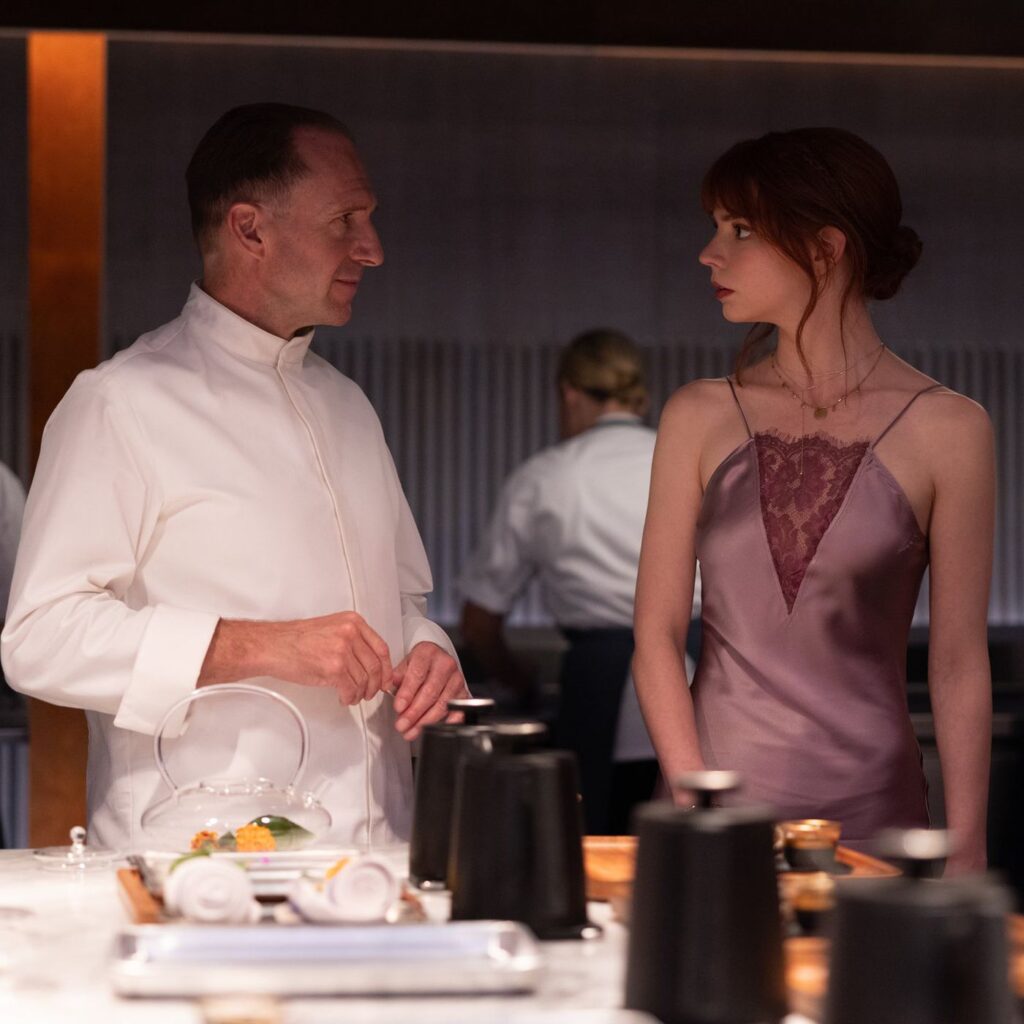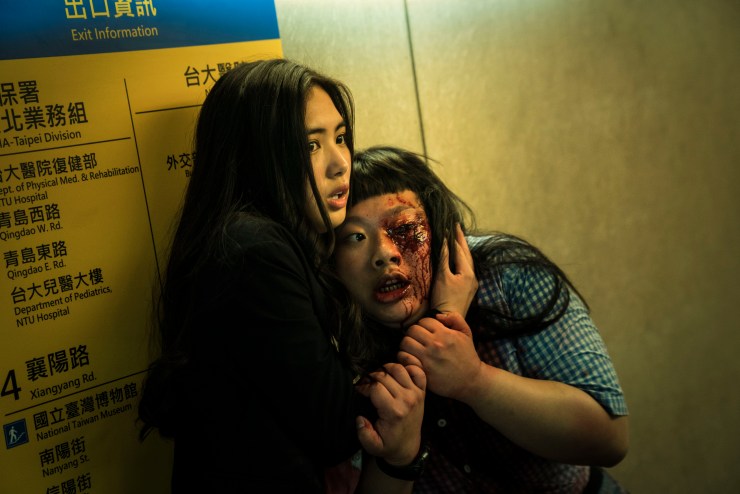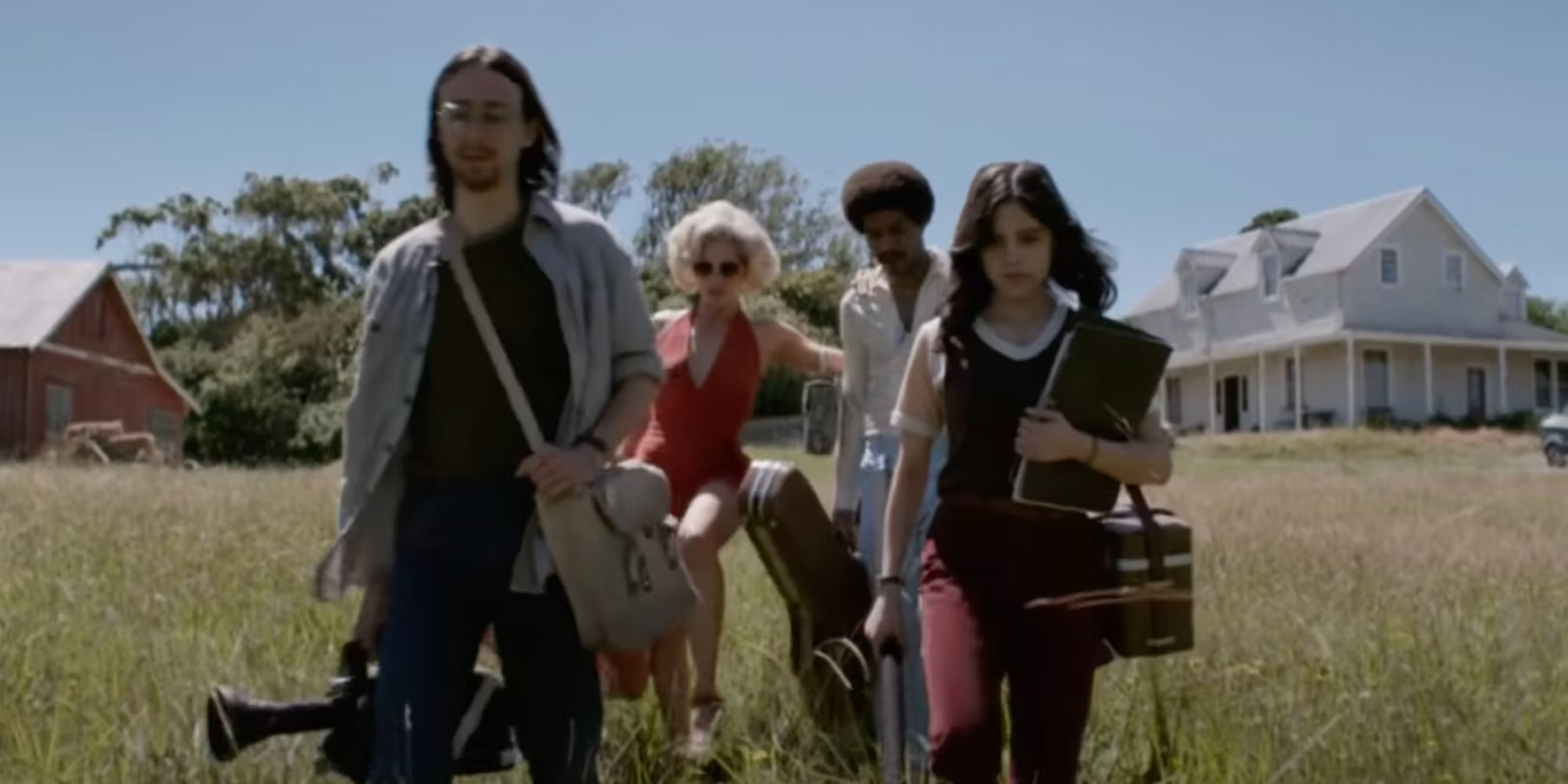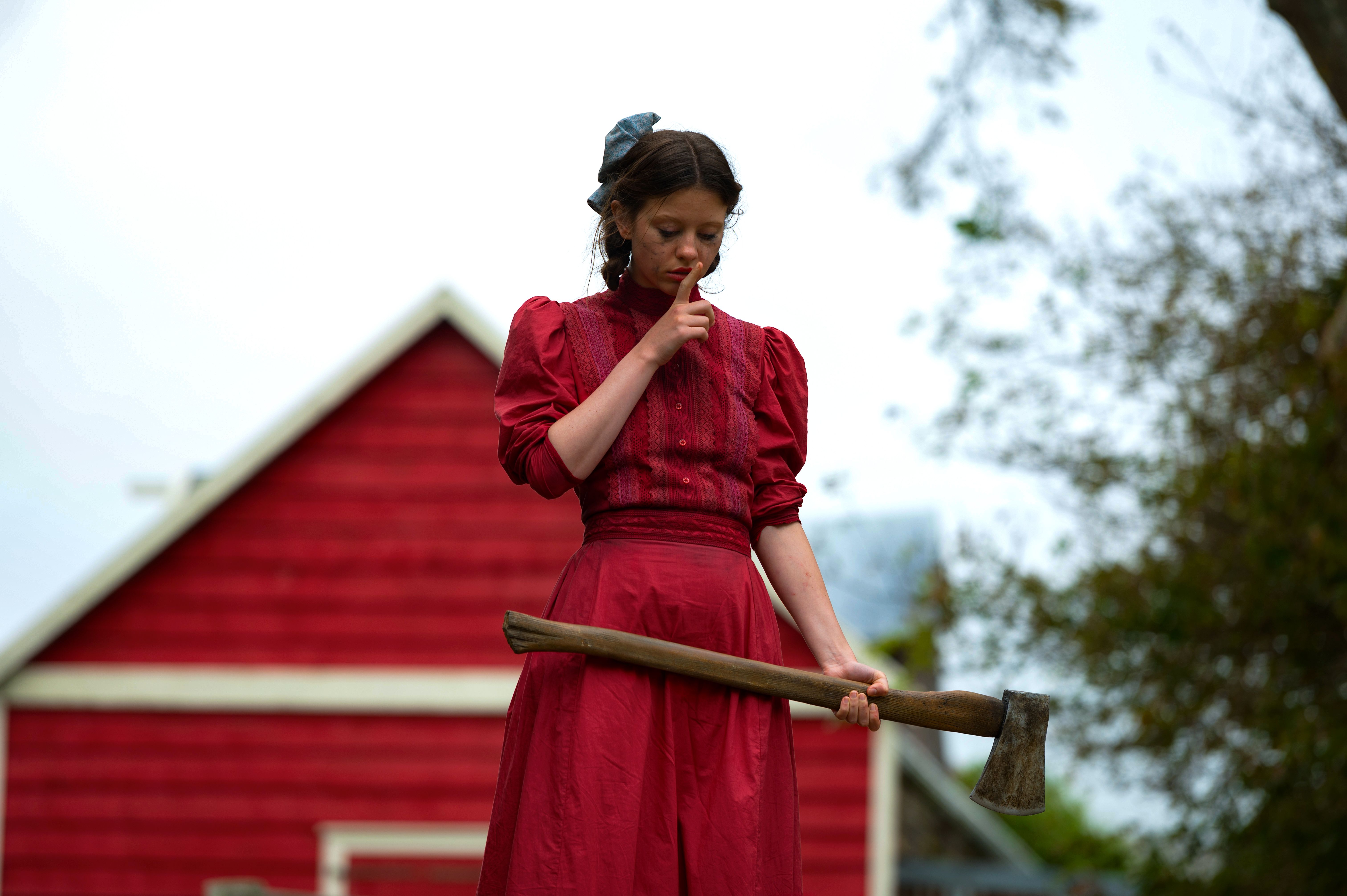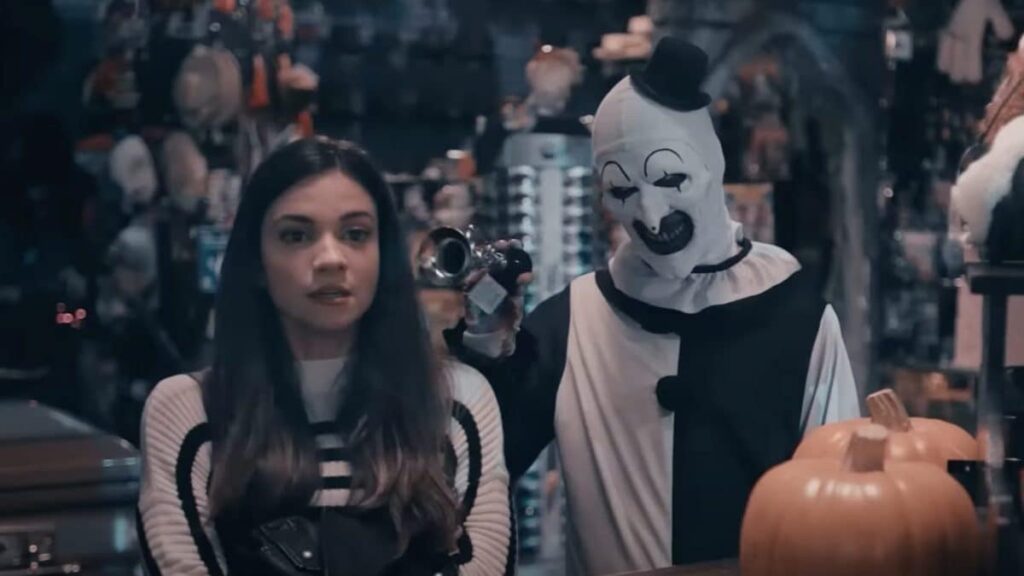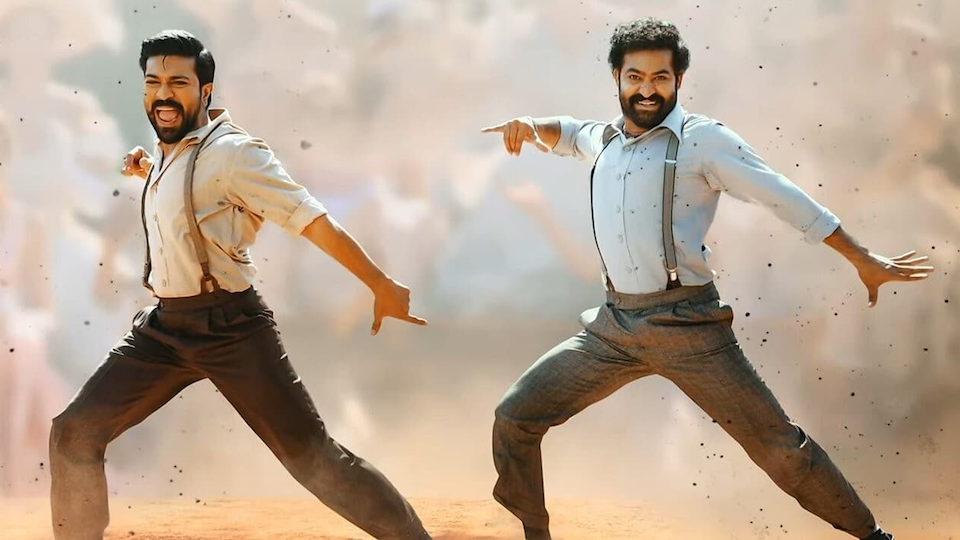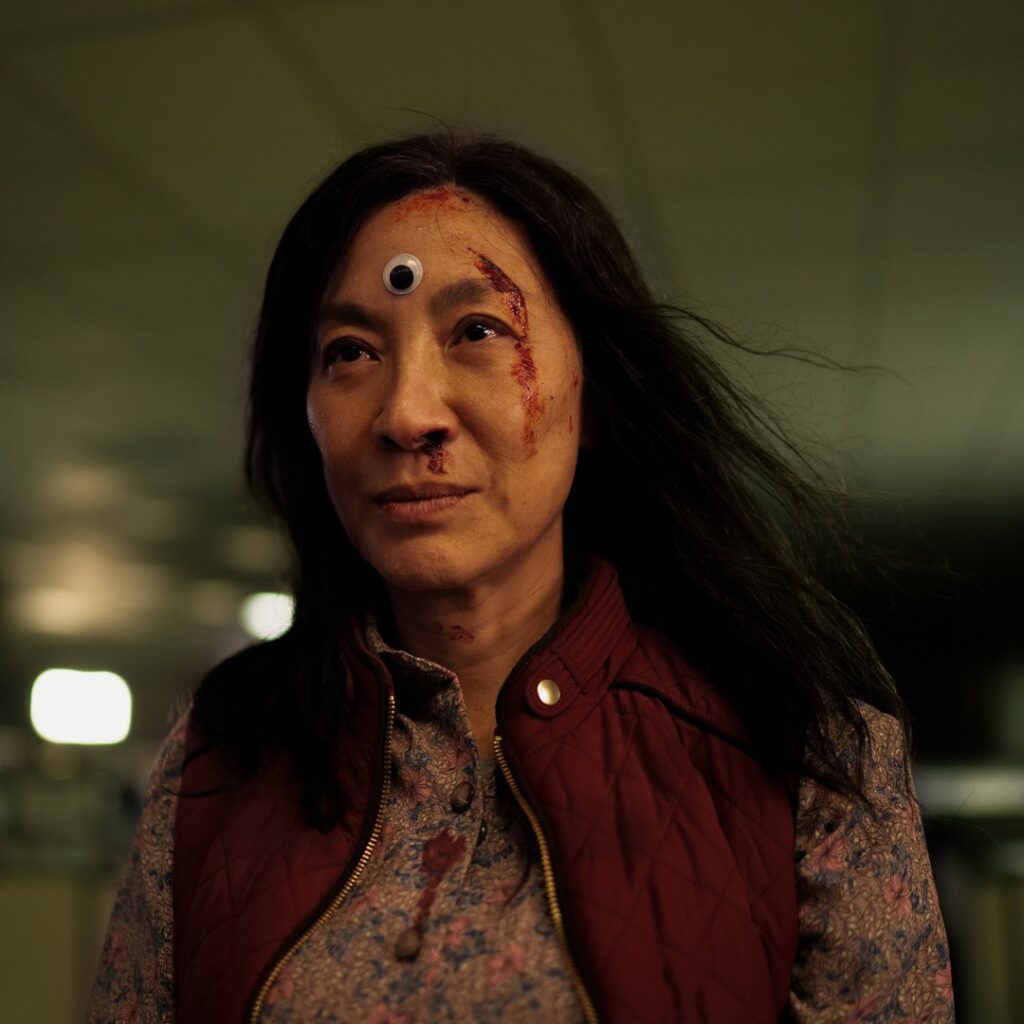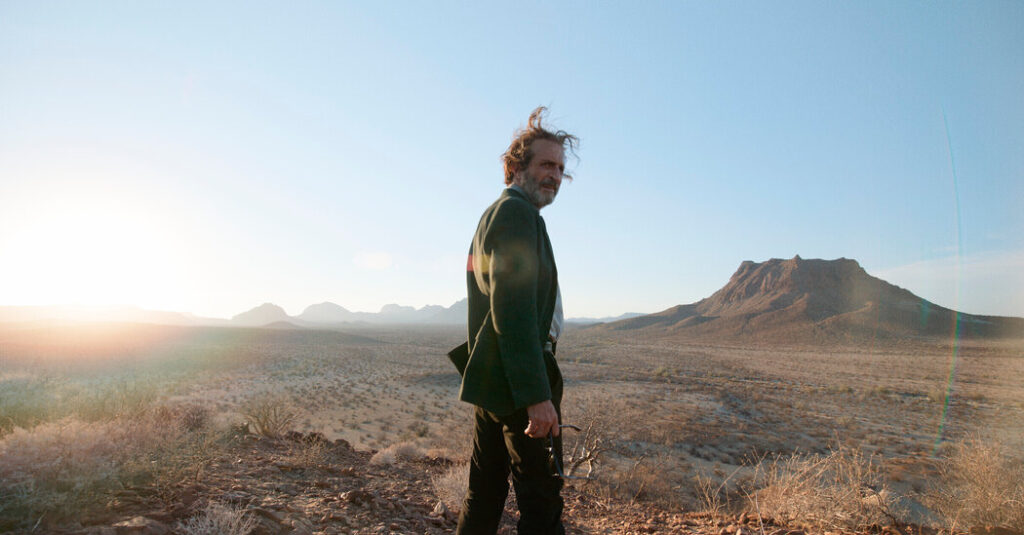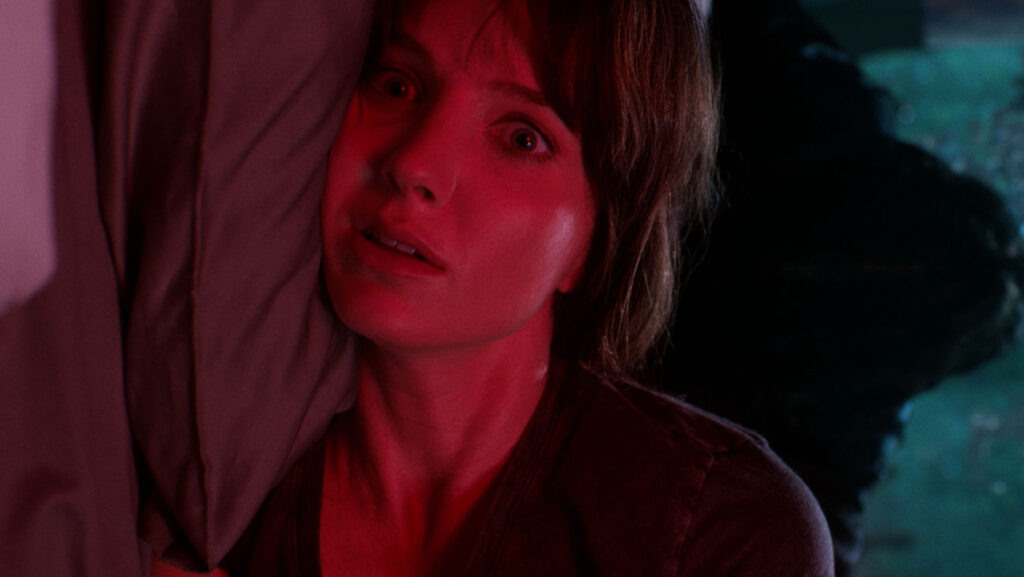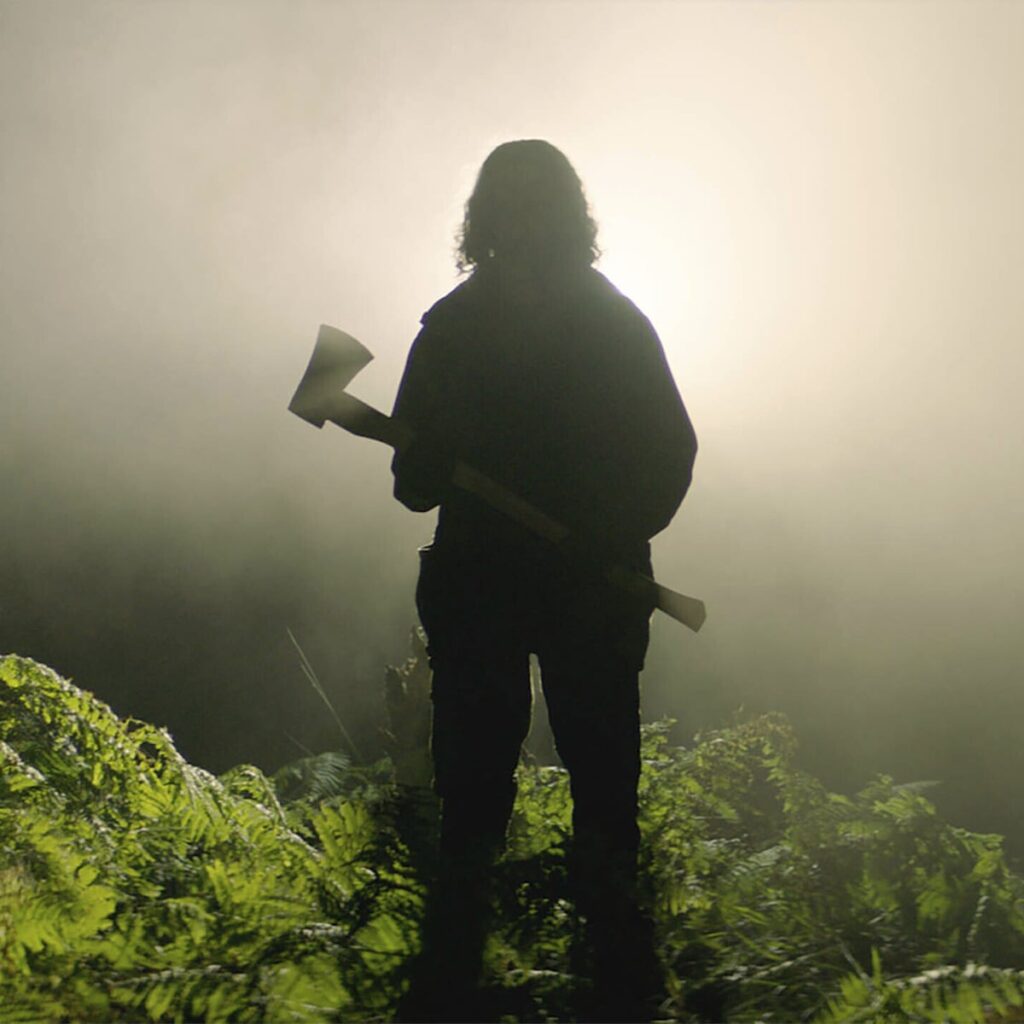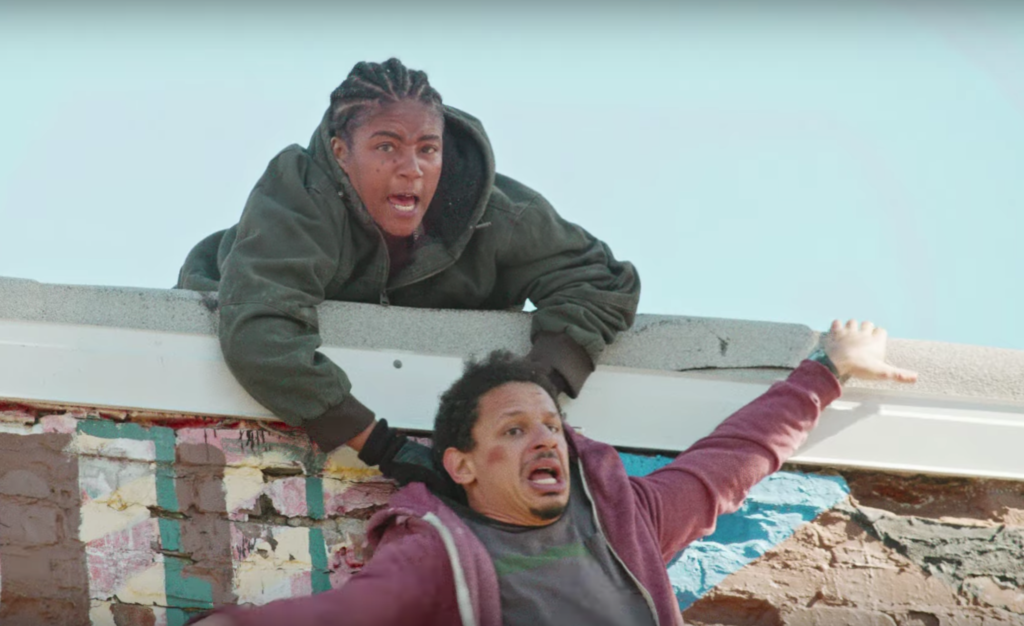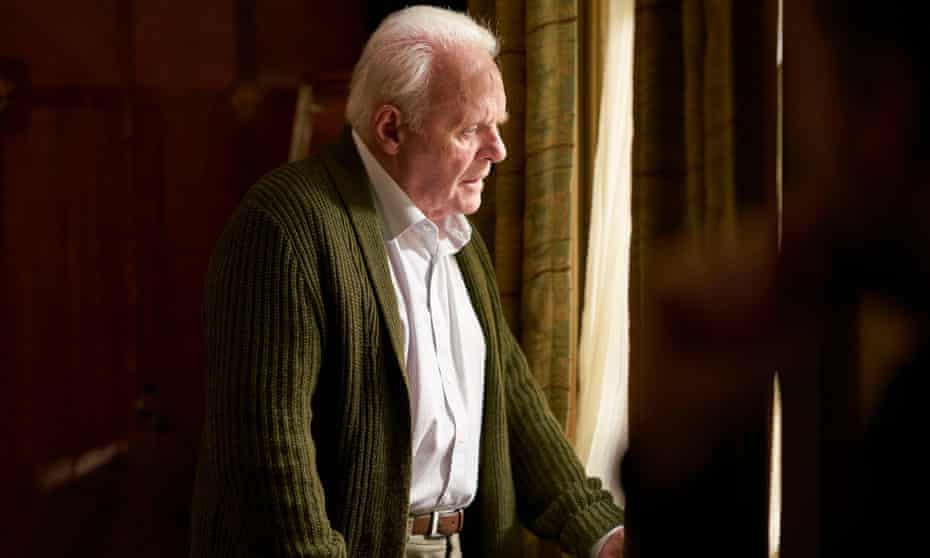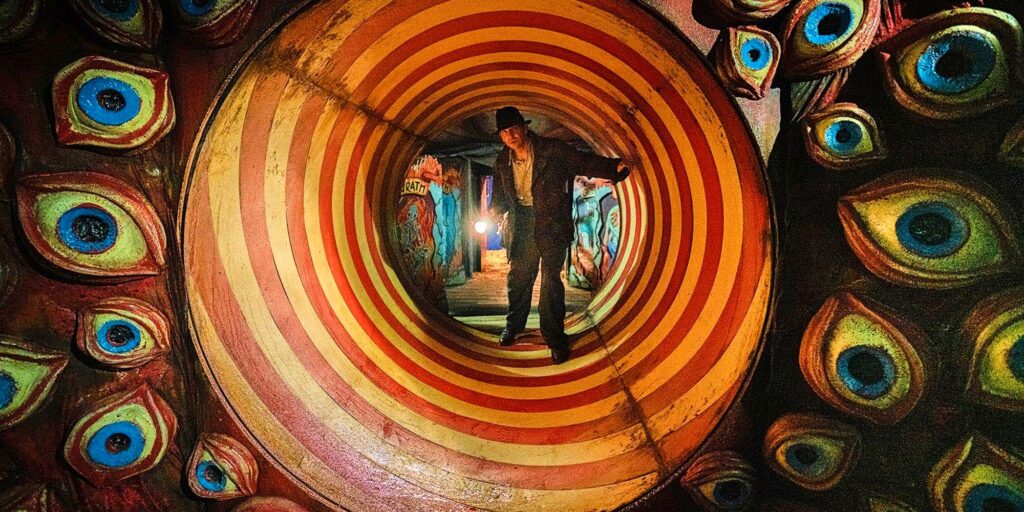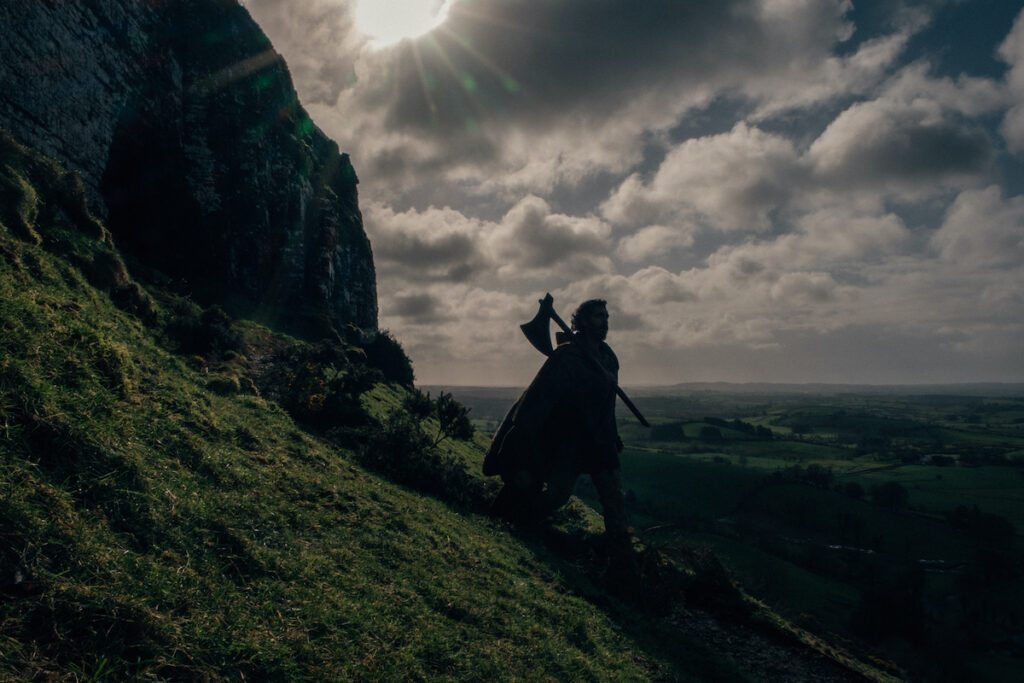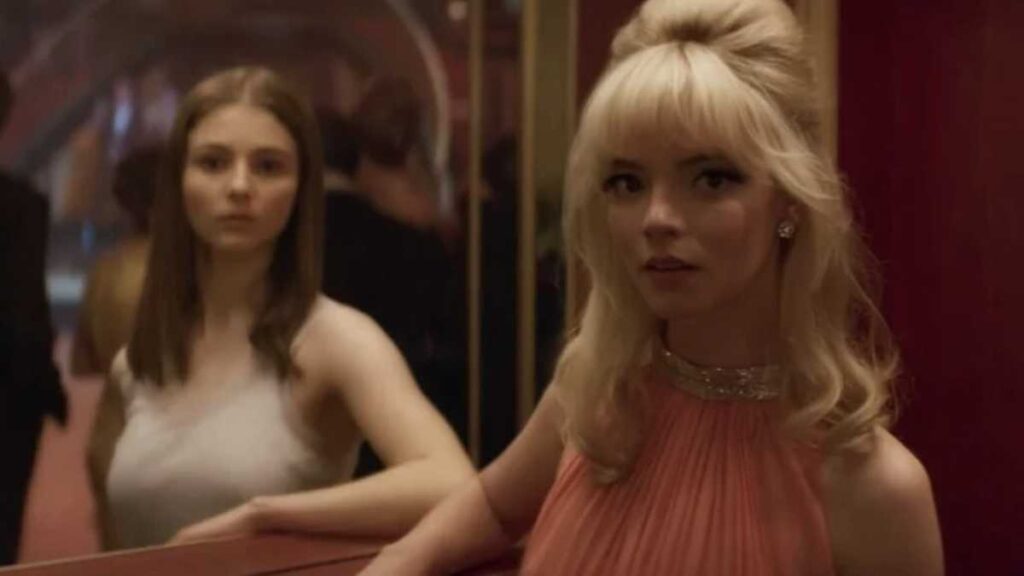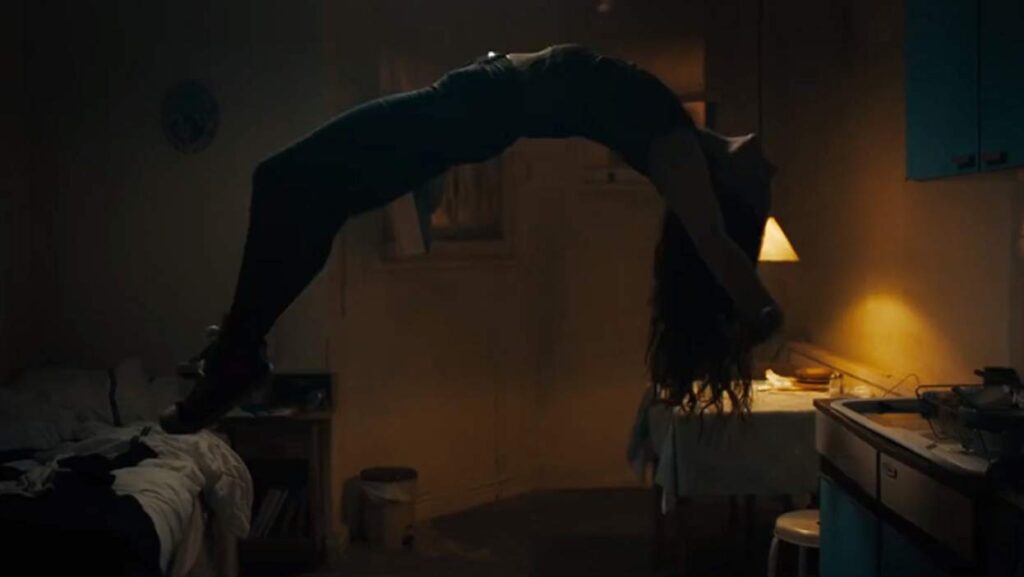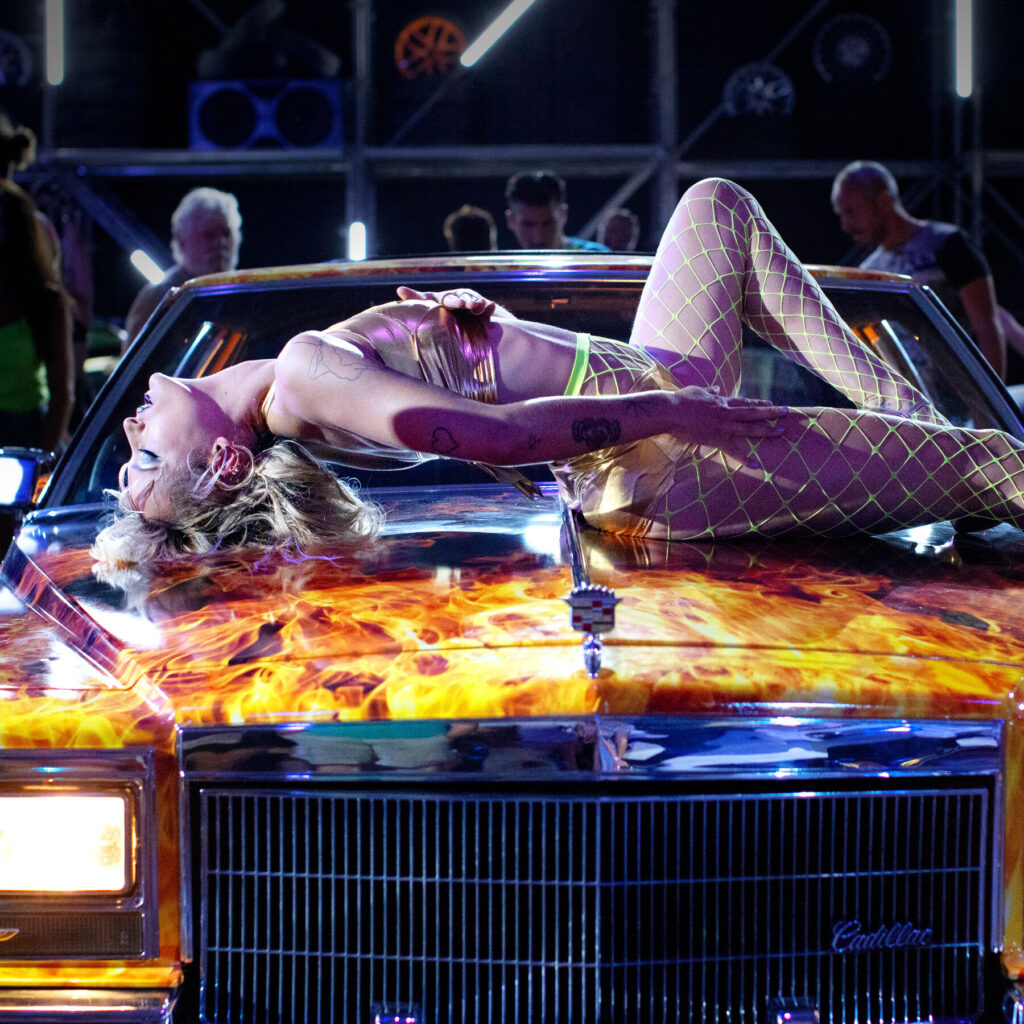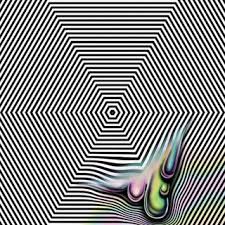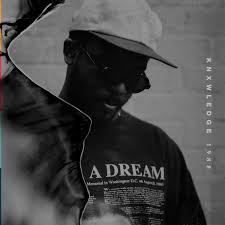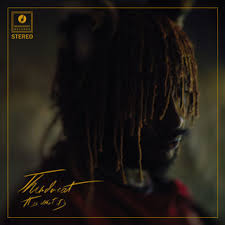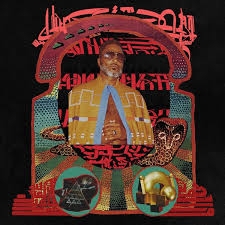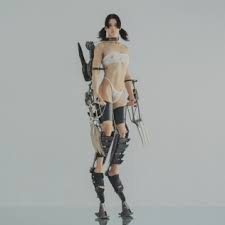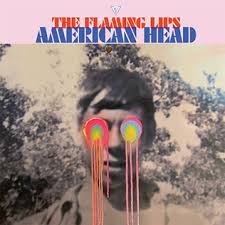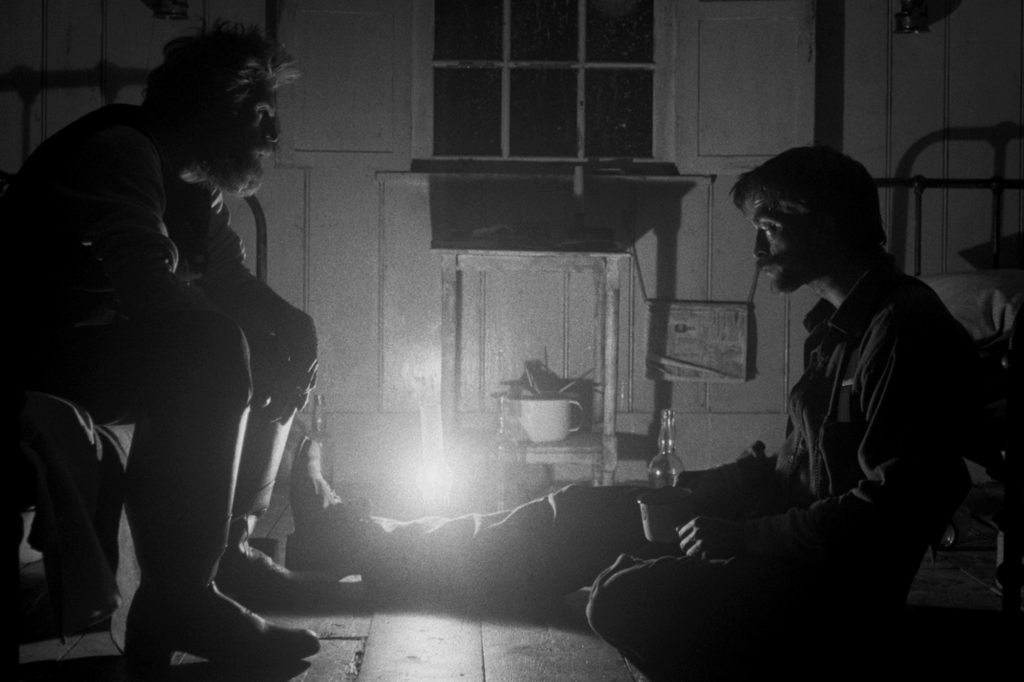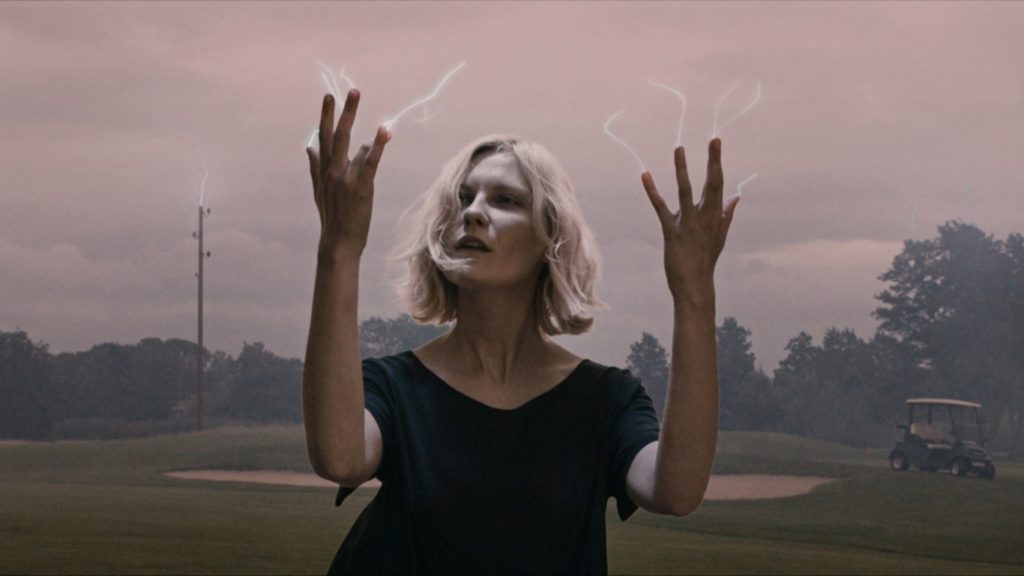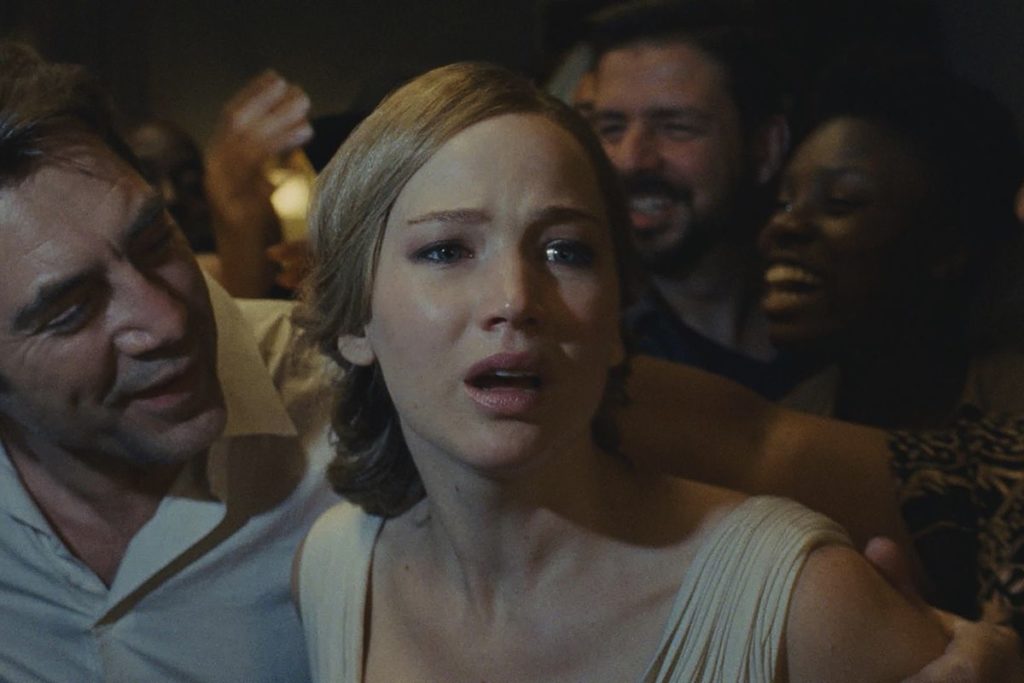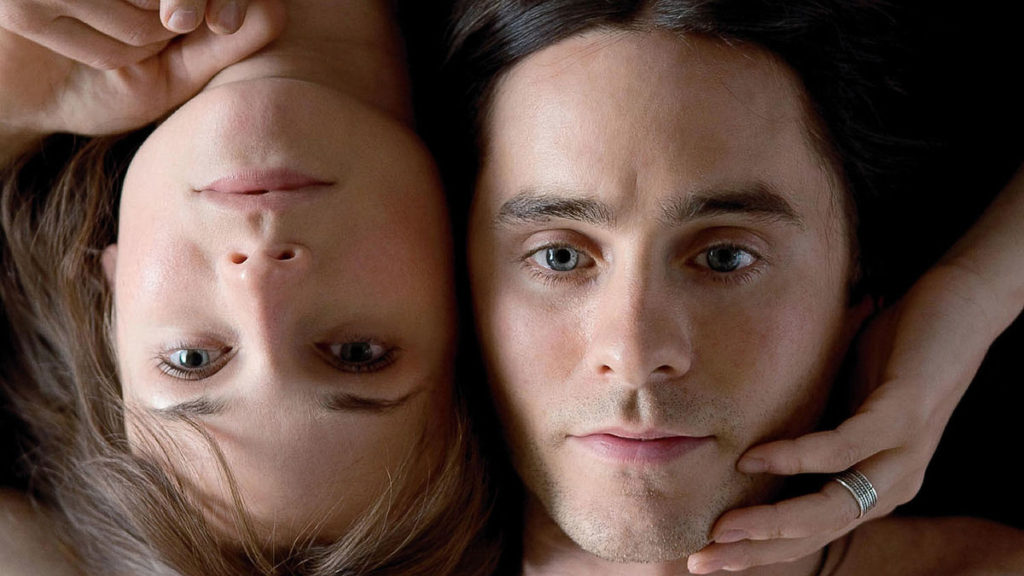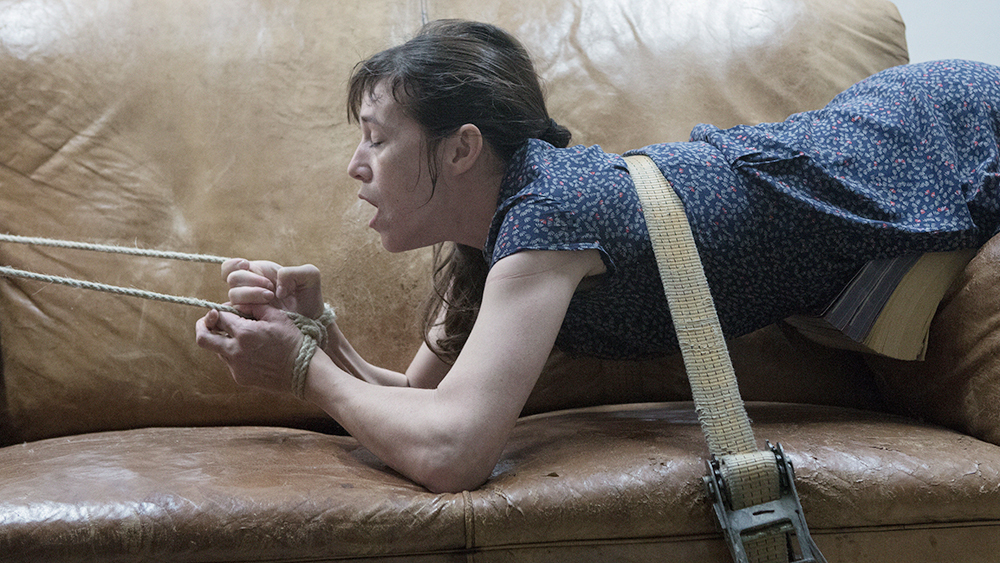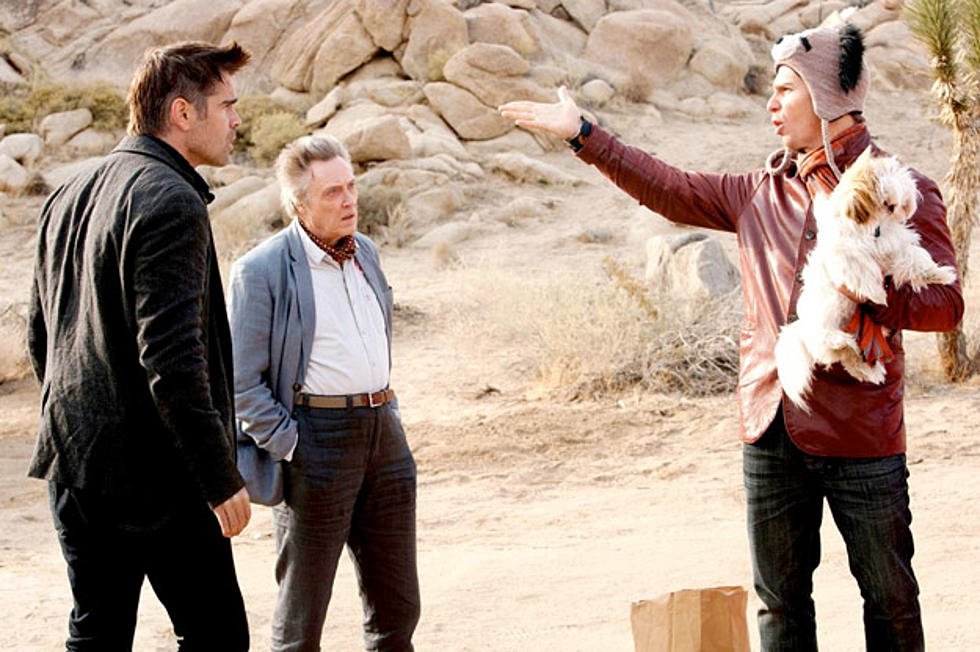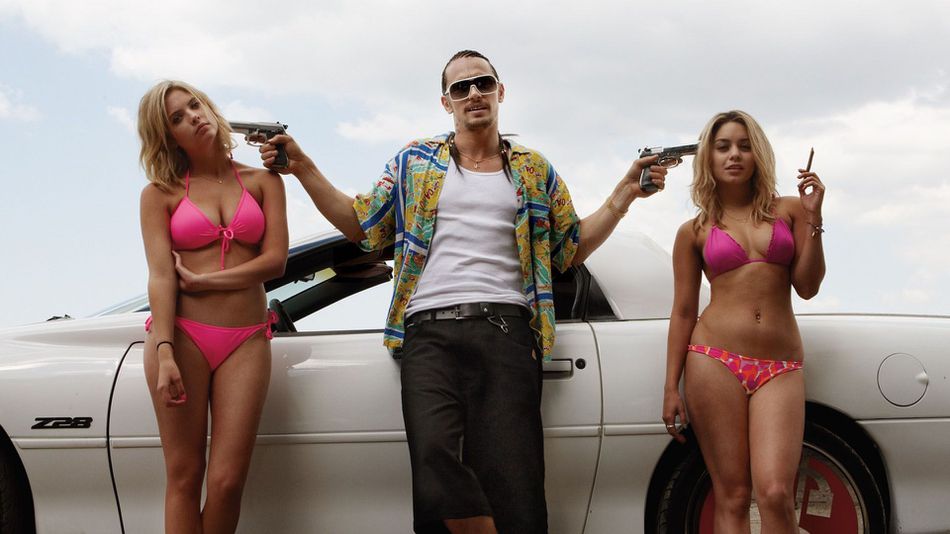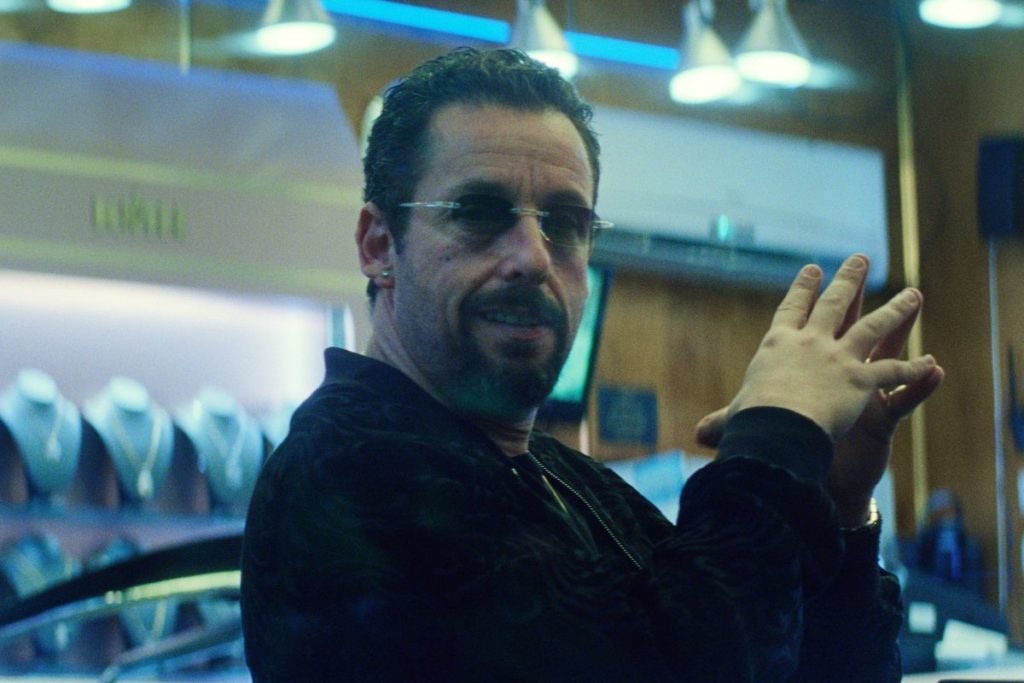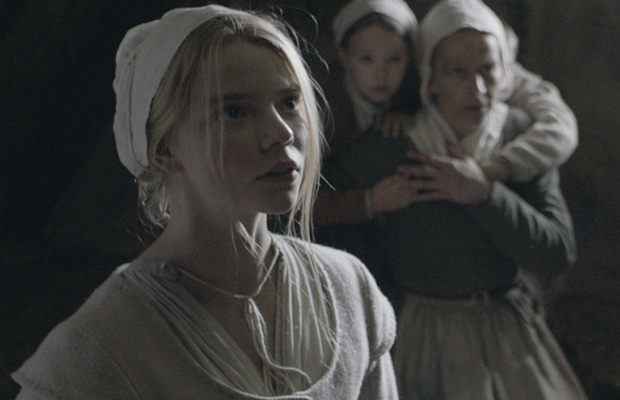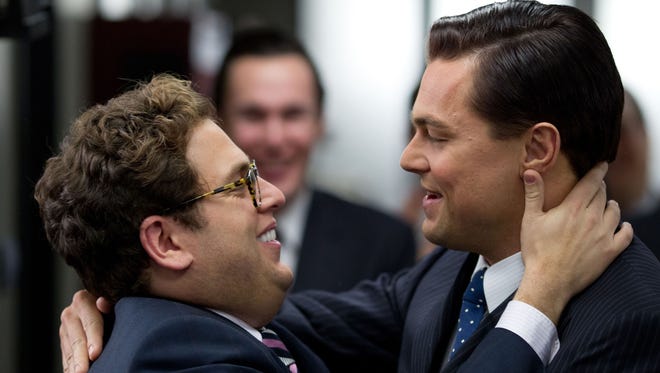I’m hearing a lot of people say that 2024 was a bad year for movies. Maybe it’s a matter of my personal taste, which often doesn’t align with the majority, but I found a lot to love at the cinema this year. Admittedly, it wasn’t the best year for big-budget blockbusters or Oscar-bait dramas, but there was no shortage of memorable experiences that took bold swings and big risks.
All but one of the films on my list this year are independent releases and three of them aren’t in English. The majority are horror films or at least contain dark and disturbing subject matter, which is a reflection both of my viewing preferences and the state of the world at large. The bottom line is that there were plenty of good movies this year if you were willing to put in the effort to find them.
Here are the ten films that impressed and stuck with me the most this year.
10. Late Night with the Devil (Colin & Cameron Cairnes)
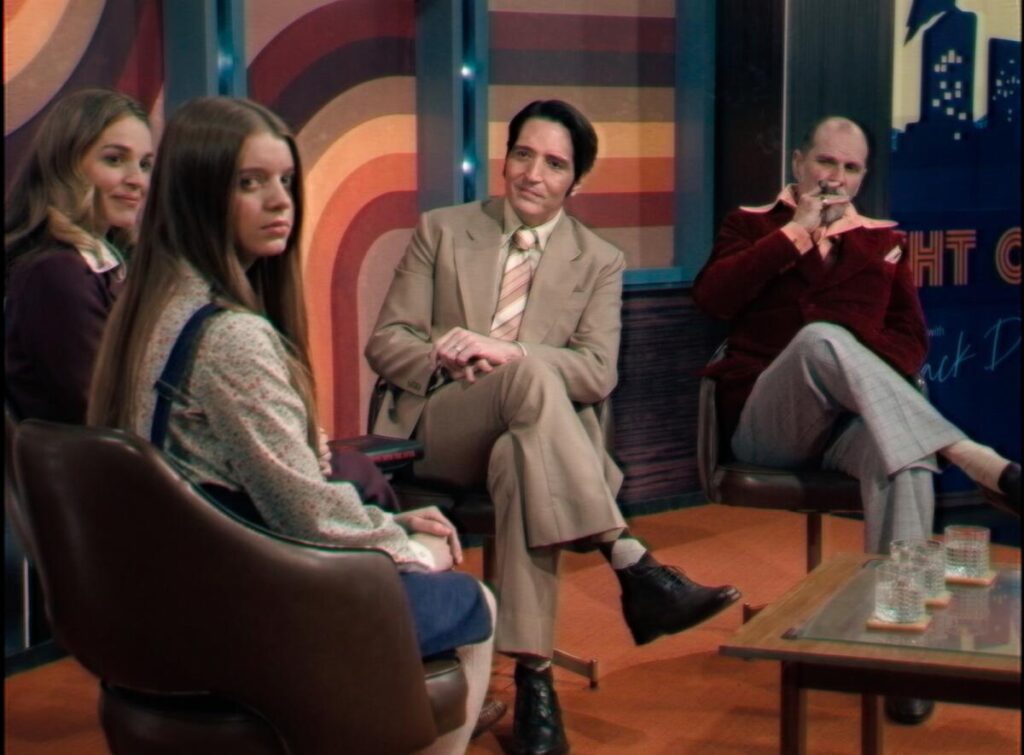
What if the devil took over a live television broadcast? That’s essentially the premise of this simple but effective throwback horror film, set during the taping of a fictional late night talk show on Halloween night in 1977. After an opening that efficiently summarizes the backstory of this talk show and its host, Jack Delroy (an excellent David Dastmalchian), the remainder of the movie is presented as a lost tape of the broadcast from that evening, complete with behind-the-scenes footage.
We learn early on that both the show and its host are in a precarious position, desperately needing this Halloween special to draw big ratings in order to stay on the air. The main event of the night is an interview with parapsychologist June Ross-Mitchell (Laura Gordon) and the subject of her book, Lilly D’Abo (a chilling Ingrid Torelli) – a young girl who is the sole survivor of a cult that committed mass suicide and now claims to have a demon living inside her.
Jack, more concerned about saving his career than the mental health of this obviously disturbed child, encourages her to summon the demon so he can speak to it on the air. Needless to say, things quickly get out of hand with disastrous consequences for everyone involved in the production. But is a genuine supernatural force of evil at work or is it all merely a case of showbiz trickery?
I won’t reveal the answer, but the clever script kept me guessing for most of the film. Rather than relying on jump scares or graphic gore, this movie makes an impact through its carefully constructed atmosphere, slowly building up suspense and dread until everything finally explodes in a bonkers climax. With its nostalgic aesthetic, brisk pacing, and impressively executed scares, Late Night with the Devil has all the makings of a modern Halloween classic.
9. Love Lies Bleeding (Rose Glass)
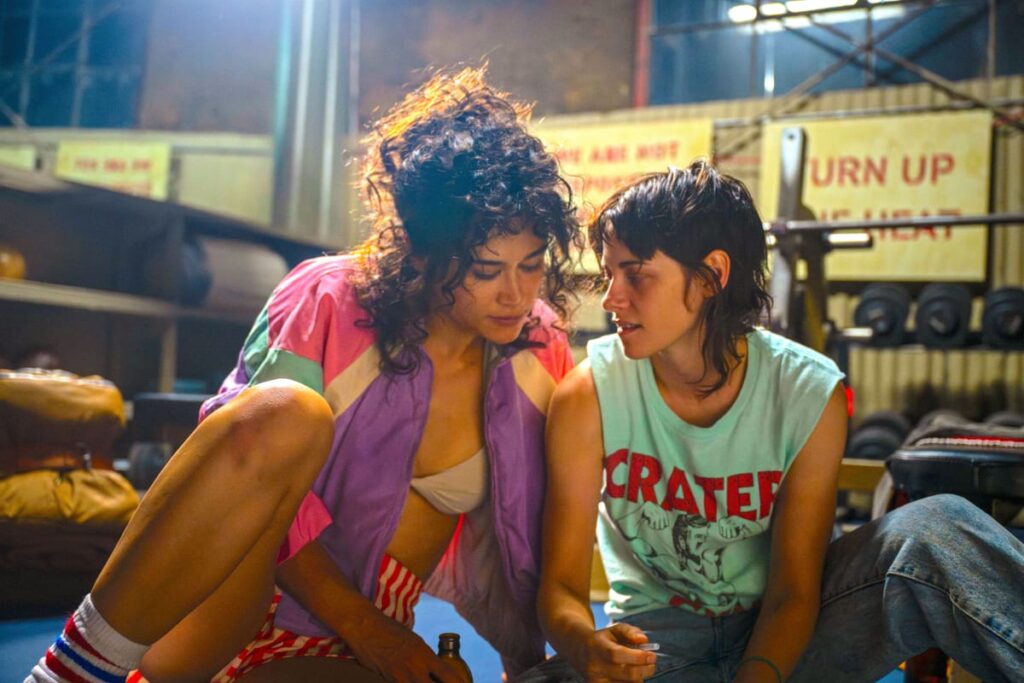
The sophomore effort from British filmmaker Rose Glass, Love Lies Bleeding is a propulsive thriller that never takes its foot off the gas. Though it doesn’t reach the heights of her masterful debut, Saint Maud, it’s a stylish and furiously entertaining ride that confirms Glass is a filmmaker to watch.
Set in rural New Mexico in 1989, the plot centers around gym owner Lou (Kristen Stewart), a reclusive lesbian who feels trapped in her boring small-town life. When a bodybuilder named Jackie (Katy O’Brian) arrives in town, Lou is immediately smitten and the two of them develop a passionate relationship. But it isn’t long before a series of complications involving Lou’s shady criminal past plunges the couple into a violent nightmare that threatens to destroy their whirlwind romance.
Stewart and O’Brien give strong performances, displaying a genuine chemistry that makes the connection between them believable. They’re backed by a solid supporting cast that includes Dave Franco, Anna Baryshnikov, Jena Malone, and a reliably excellent Ed Harris. But the true star of this movie is the style – the neon-hued cinematography, 80’s inspired outfits, and a pulsing synth score by Clint Mansell keep your senses engaged from start to finish.
The only weak point is the script, which doesn’t do enough to develop its two main characters and stretches plausibility at times to a frustrating degree, even by the standards of a thriller. On the other hand, the film is so relentlessly paced, suspenseful, and unpredictable that it doesn’t give you time to overthink anything. Even if it doesn’t totally hold up after reflection, it’s hard to knock something that held me so tightly in its grip. Reactions will vary significantly to Love Lies Bleeding, but I can guarantee one thing – you won’t be bored.
8. The Coffee Table (Caye Casas)
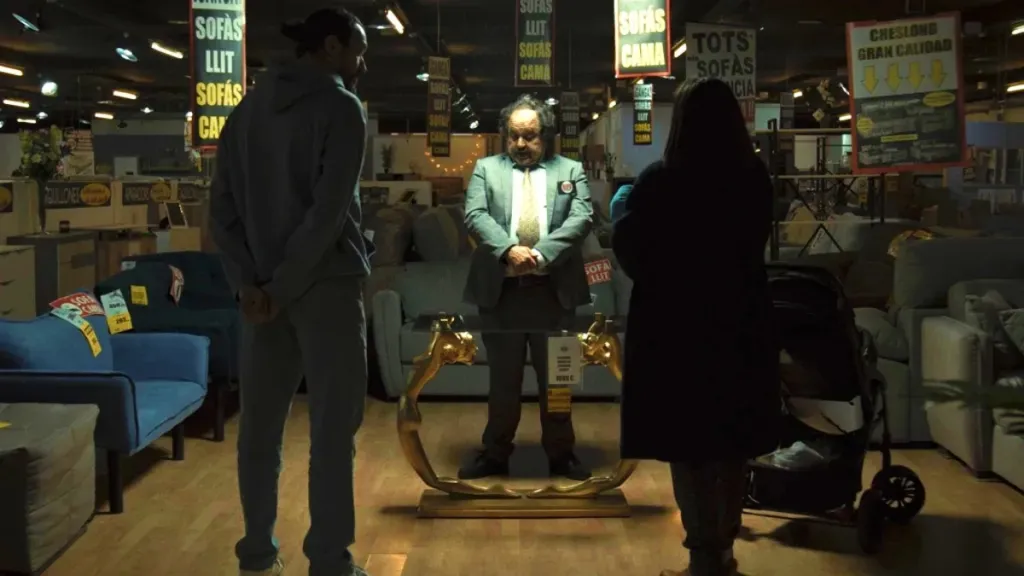
A pitch-black horror-comedy from Spain, The Coffee Table somehow manages to elicit uproarious laughs from one of the least funny situations imaginable. I won’t say what that situation is since it would spoil the film, but fair warning – if you’re even remotely sensitive, stay far away from this one. However, if you’re up for it, this movie delivers a shock to the system that’s both mortifying and exhilarating.
The story focuses on Jesús (David Pareja) and María (Estefanía de los Santos), a married couple with a newborn baby who we meet in a furniture store as they bicker incessantly over whether to purchase a coffee table. María thinks the table is tacky and doesn’t trust the slimy salesman’s promise that the glass is unbreakable, but Jesús insists on getting it. María ultimately relents and goes out to buy groceries while Jesús sets up the table and…
What happens next should be discovered for yourself, but suffice to say the story goes to a place that few films would dare – and that’s just the beginning. Over the course of 90 minutes, The Coffee Table wrings an unbearable amount of tension out of its simple premise, always undercut with biting humor. This is the kind of movie that will make you laugh and squirm at the same time, keeping you on the edge of your seat all the way through its brutal and unforgiving climax.
7. The Substance (Coralie Fargeat)
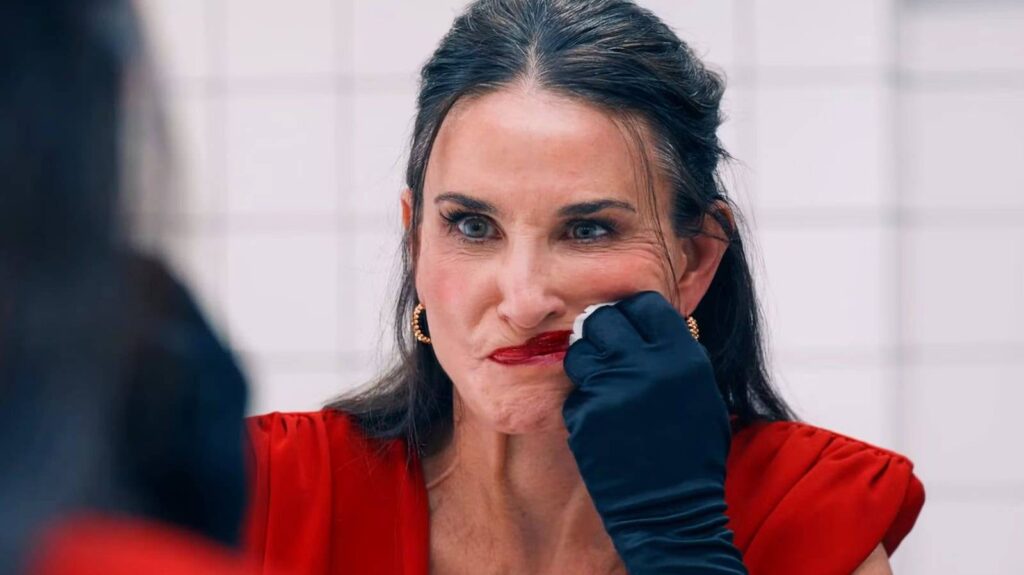
A ruthless takedown of Hollywood beauty standards and the unrealistic expectations placed on women as they age, The Substance is a grotesque roller-coaster ride that doesn’t let up for one second of its nearly two-and-a-half-hour runtime. Featuring some of the wildest body-horror and jaw-dropping prosthetic effects in recent memory, it’s a film that will either have you riveted or repulsed within the first few scenes – maybe both.
Demi Moore stars as Elizabeth Sparkle, a Hollywood actress and TV personality whose career is spiraling as she turns 50 (Moore is actually 62 in real life and still looks fantastic, making the character feel even more tragic). Elizabeth’s harsh reality is brilliantly and wordlessly summarized in a stunning opening montage that shows her star on the Hollywood Walk of Fame slowly fading and cracking over time, before she’s fired for the crime of being too old by her misogynist pig of a boss (a hilariously revolting Dennis Quaid).
Soon after, she discovers a mysterious treatment called The Substance that claims it can unlock “a younger, better version of yourself.” Elizabeth injects herself with the serum and turns into a gorgeous doppelganger who calls herself Sue (Margaret Qualley). Sue quickly becomes a star, but to maintain this version of herself, Sue and Elizabeth have to switch bodies every seven days, with no exceptions. What could possibly go wrong?
To say that this movie goes off the rails is an understatement, with Elizabeth/Sue’s misuse of The Substance leading to unimaginable physical consequences. It all feels constantly on the verge of falling apart but never does, thanks to Fargeat’s stylish direction and a pair of fearless, ultra-committed performances by Moore and Qualley.
Ironically, The Substance is a bit light on just that. It’s too long and feels repetitive at times, never exploring its worthy themes beyond surface level. The most powerful and memorable scene in the movie doesn’t involve any gore – it simply shows Elizabeth getting ready for a date that she’ll never make it to because she can’t figure out how to look in the mirror without hating herself. I wish the film had more moments like this, but despite its flaws, The Substance is a thrillingly unrestrained and gloriously entertaining sensory overload that you won’t forget.
6. Anora (Sean Baker)
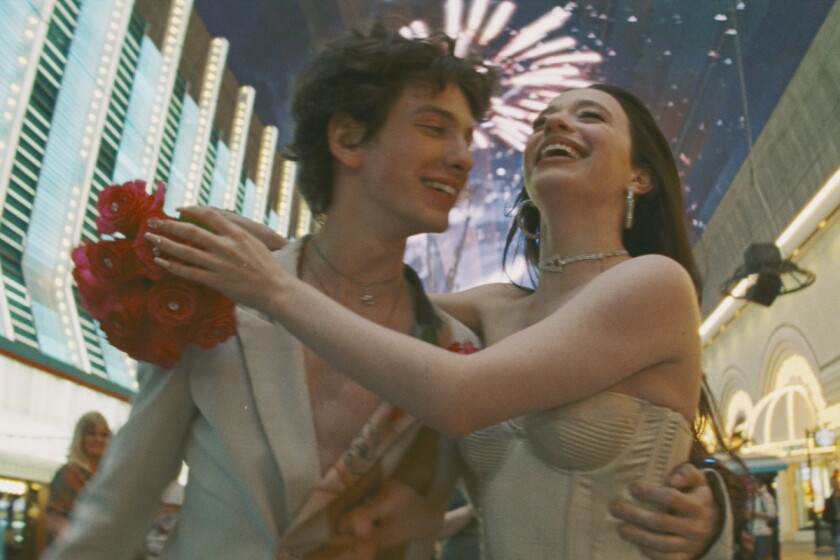
Sean Baker has delivered his most accessible film to date in Anora, a raunchy crowd-pleaser that seems poised to elevate him from indie darling to Oscar nominee. Seamlessly progressing from a fairytale romance to a screwball comedy before ending in tragedy, Baker’s clever script and tight direction ensure the film’s many tones don’t clash while never allowing its central character to get lost in all the noise.
And what a character Anora “Ani” Mikheeva is, played brilliantly by Mikey Madison in a star-making performance. Ani is a stripper in Brooklyn who happens to speak some Russian, which leads to her services being requested by a young client named Vanya (a hilarious Mark Eydelshteyn, alternately charming and despicable). It turns out Vanya is the son of extremely wealthy Russian oligarchs and he seems smitten with Ani, offering to pay her to be his girlfriend for a week until he goes back to Russia.
Ani is quickly addicted to her lavish new lifestyle and when Vanya proposes they get married so he can stay in America, she eagerly agrees. Needless to say, Vanya’s parents aren’t pleased with the marriage and it isn’t long before Vanya’s handler Toros (Karren Karagulian) shows up at the door with two henchmen in tow (Yura Borisov and Vache Tovmasyan), and all hell breaks loose.
As a fan of Baker’s previous work, I wasn’t surprised that Anora is beautifully shot, sharply written, and wonderfully acted. What I didn’t expect is that it would be the funniest movie of the year, with several moments that had me laughing out loud in the theater. Toros and his two henchmen evolve into a Three Stooges-like comic dream team, bumbling incompetently through one riotous scene after another. But amidst all the absurdity and chaos, it’s Madison’s towering performance that holds everything together, ensuring you never lose interest even when the story’s momentum stalls.
Of course, Anora isn’t all laughs. Baker is far too serious and ambitious of a filmmaker to let his audience off the hook with a neat and tidy resolution. For most of the movie, Ani seems to have found a golden ticket to escape her desperate existence, and you sincerely hope she can hang on to it – but reality inevitably comes crashing in during the film’s quietly devastating climax.
5. Terrifier 3 (Damien Leone)
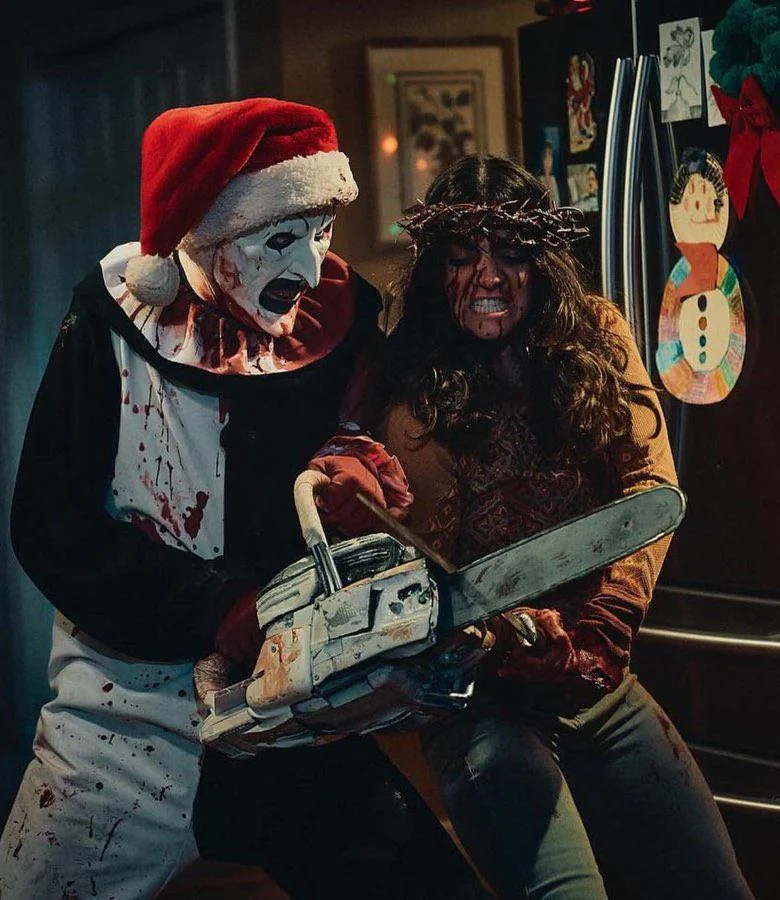
Unlike other slasher franchises that get dumber and duller with each sequel, the Terrifier films manage to keep raising the bar. This is thanks to the singular vision of writer/director/editor Damien Leone, a vision that he’s been able to maintain total control of by making his movies outside of the studio system. These films are made by slasher fans for slasher fans, with the passion and enthusiasm of everyone involved evident in each frame.
Terrifier 3 begins with an immaculately crafted opening scene that features Art the Clown in a Santa suit, invading a family’s home and mercilessly slaughtering them one by one. It’s shocking and disturbing, but undercut with a twisted sense of humor – like when Art takes a break to enjoy some milk and cookies. After this jolt of a start, we catch up with our heroine Sienna Shaw, who has been in a mental institution suffering from paranoia and hallucinations. When she checks out to visit her aunt and uncle for Christmas, it isn’t long before Art returns to wreak havoc, destroying any chance she has of moving forward with a normal life.
David Howard Thornton gives his best performance yet as Art, cementing the character as a slasher icon and villain for the ages. Genuinely creepy and formidable but also oddly charming and hilarious, Thornton’s Vaudevillian silent act is unforgettable. Despite this, he’s actually upstaged at times by Samantha Scaffidi as Victoria Heyes, his demonically possessed partner-in-crime. Her chilling, maniacal presence is a constant delight and justifies Leone’s decision to keep the character around this long.
But above all, it’s Lauren LaVera who anchors the film and makes it work. After leaving a strong first impression in Terrifier 2, she proves beyond a doubt that she’s a bona fide star by delivering one of the best performances of the year in any genre. It’s no easy task to be achingly vulnerable in one scene and a fearless warrior in the next, but LaVera nails this difficult balancing act and ensures the audience is completely invested in what happens to Sienna every step of the way. In a just world, she’d be getting Oscar attention.
Moving at a relentless, breakneck pace from one insanely gory set piece to the next, Terrifier 3 rarely gives you a moment to breathe. It feels a bit rushed at times, but that’s nitpicking for a movie this deliriously fun. And any minor flaws are easily forgiven during an all-timer of a climax that had me ready to leap to my feet and applaud in the theater (Sienna and Art in a sword vs. chainsaw duel? Yes please!). I can’t wait to see what Leone has in store for the finale of this epic, blood-soaked saga.
4. The Girl with the Needle (Magnus von Horn)
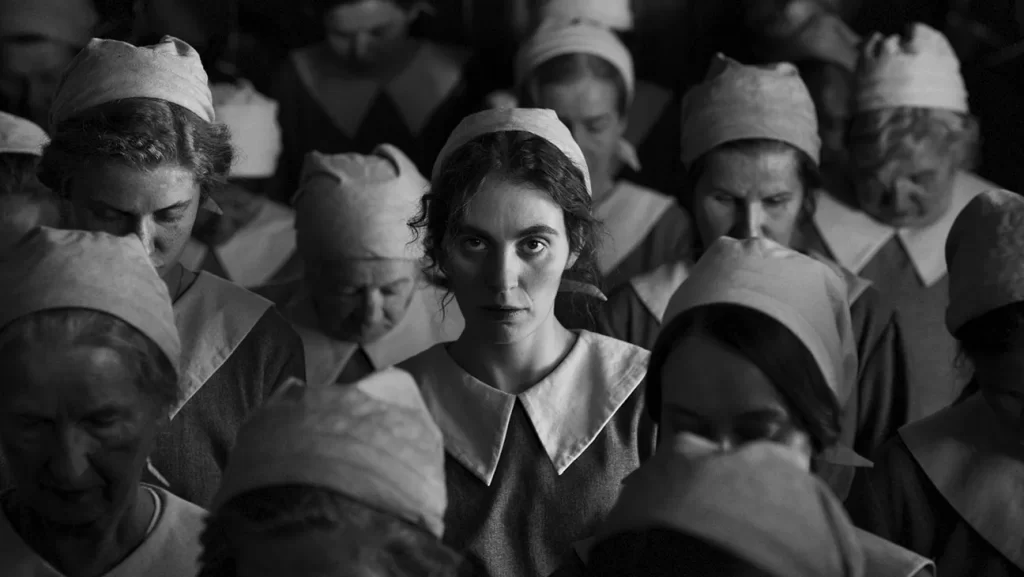
A Danish film set at the end of World War 1, The Girl with the Needle is an exquisitely crafted and deeply disquieting piece of filmmaking. With its stunning black and white cinematography, painstaking set design, and nerve-jangling score, the film immediately establishes a haunting atmosphere that holds you in its grip and never lets go.
The excellent script, which boldly incorporates real historical events into a fictional narrative, focuses on a downtrodden young woman named Karoline (Vic Carmen Sonne). This is the type of movie where it’s hard to talk much about the plot without spoiling the experience, so I’ll avoid specifics – but through a series of unfortunate events, Karoline ends up with a baby she doesn’t want and lacks the resources to take care of. By chance, she encounters a mysterious older woman named Dagmar (Trine Dyrholm) who runs an underground adoption agency that finds foster families for unwanted babies.
Karoline gives her baby to Dagmar and starts working for her as a wet nurse, with the two women developing a close bond during their time together. But it isn’t long before Karoline starts to grow suspicious about the work they’re doing, leading to a shocking revelation that will change both women’s lives forever.
At just under two hours, the film is perfectly paced and doesn’t waste a moment, with every seemingly minor detail eventually producing a satisfying payoff. Sonne and Dyrholm are both terrific, communicating multitudes about their characters merely through their eyes and facial expressions. Von Horn’s direction is exceptional, displaying a fully-formed vision and command of craft that has me very excited to see what he’ll do next.
Though it may be an unpleasant and difficult watch, The Girl with the Needle is never even remotely boring or tedious. Every frame of the film feels gloriously alive, immersing you completely in its grim, gothic world. And while the story is undeniably disturbing and sad, Von Horn chooses to end his film with a glimmer of hope. As Dagmar puts it: “The world is a horrible place – but we need to believe it isn’t so.”
3. Kinds of Kindness (Yorgos Lanthimos)
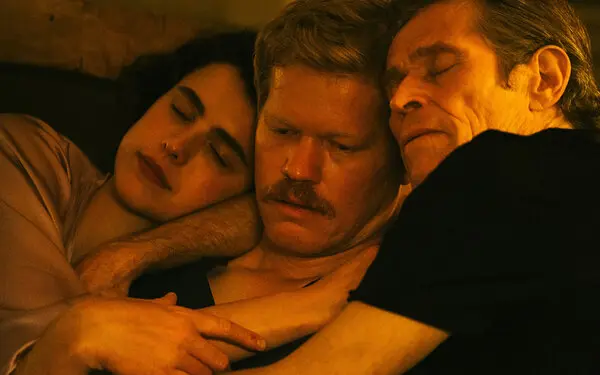
After achieving international success and major awards recognition, Yorgos Lanthimos returns to his absurdist dark comedy roots with Kinds of Kindness, his longest and perhaps least accessible film to date. If you’re not a fan of his previous work, this one won’t win you over. But if you’re an admirer, Kinds of Kindness is the ultimate Lanthimos film – wildly ambitious with an inimitable style that’s alternately hilarious and unsettling, but most of all, just plain weird.
Any attempt to summarize the plot (or plots) of this movie is pointless. The film is presented as a “triptych fable,” meaning it’s divided into three separate stories which are all told from beginning to end before shifting to the next chapter. The three parts have almost zero connections between them and focus on different characters, but in a stroke of brilliance, Lanthimos uses the same group of actors in each one. It’s an inventive structure that works beautifully, making the nearly three-hour runtime fly by and giving the cast ample opportunities to demonstrate their range.
And what a cast it is – of all the films released in 2024, Kinds of Kindness easily featured the best acting ensemble from top to bottom. Taking the lead in the first two chapters is Jesse Plemons, a great character actor who seizes the meatiest role(s) of his career and delivers a tour de force. Emma Stone, working with Lanthimos for the third time, aces supporting roles in the first two parts before taking the lead in the finale. Though not on the level of her performance in Poor Things, it’s still outstanding work that continues the incredible hot streak she’s been on recently.
Also returning from Poor Things are Willem Dafoe and Margaret Qualley. Dafoe is riveting as a domineering boss and a mysterious cult leader, while Qualley shines as a pair of identical twins who may or may not have special powers. Rounding out the cast are Hong Chau, Joe Alwyn, and Mamoudou Athie, who each make the most of small roles. Though she’s not part of the main ensemble, Hunter Schafer has a brief cameo in the final part and leaves a strong impression.
As the title implies, Kinds of Kindness explores the many different and often destructive ways that human beings can relate to one another, delving deeply and uncomfortably into lopsided power dynamics, sadomasochism, and cult mentality. Working with longtime collaborators Efthimis Filipou (co-writer), Robbie Ryan (cinematographer), Yorgos Mavropsaridis (editor), and Jerskin Fendrix (composer), Lanthimos maintains the unique cinematic style he’s known for without repeating himself, pushing his vision to bizarre and twisted new heights. With Kinds of Kindness, he’s delivered a knockout that proves experimental cinema is alive and well.
2. Red Rooms (Pascal Plante)
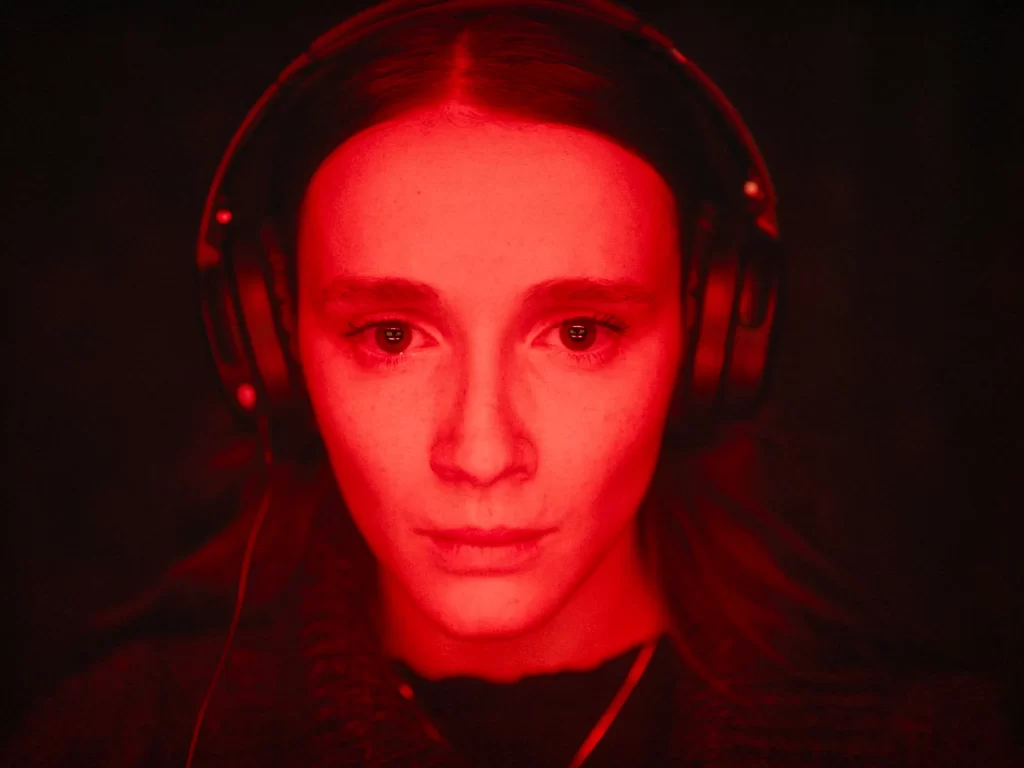
Here’s a film that doesn’t show a single moment of violence onscreen, yet left me feeling deeply disturbed with an immediate urge to take a shower afterward. A French-language Canadian thriller, Red Rooms focuses on the trial of Ludovic Chevalier (Maxwell McCabe-Lokos), a man accused of kidnapping three teenage girls and broadcasting their murders in a “red room,” a type of chat room hidden in the deepest corners of the dark web where audiences can pay to watch live snuff films.
We’re introduced to the case through the eyes of Kelly-Anne (Juliette Gariépy), a fashion model whose personal life is completely isolated and hyper-online. It quickly becomes apparent that she’s developed an obsession with Chevalier’s case for reasons that are unclear and remain so for most of the film. She sleeps outside the courthouse at night to ensure she gets one of the few seats open to the public each day and befriends a naïve girl named Clementine (a terrific Laurie Babin), who is adamantly convinced of Chevalier’s innocence.
Does Kelly-Anne also believe Chevalier is innocent, or are her motivations more sinister and complex? Maybe there’s something seriously wrong with this striking woman who appears so calm and controlled on the surface, yet spends her spare time surfing the dark web and destroying opponents in online poker games (“I love seeing them lose everything,” she says – yikes!). Gariépy gives a brilliant performance that’s both chilling in its ambiguity and genuinely frightening in its dead-eyed, perpetual numbness. In a year stacked with outstanding performances, hers is the one I can’t shake.
The lack of definitive answers to the many questions raised by Kelly-Anne’s behavior may be frustrating to some viewers, but it’s also what makes the film so compulsively watchable. With its muted color palette and long, uninterrupted takes, Red Rooms is a slow, demanding, and deeply unpleasant experience – yet watching it, I can’t help but want to sink deeper into the rabbit-hole until I know and understand everything, an obsessive drive that mirrors the mental state of the film’s damaged and unforgettable lead.
1. I Saw The TV Glow (Jane Schoenbrun)
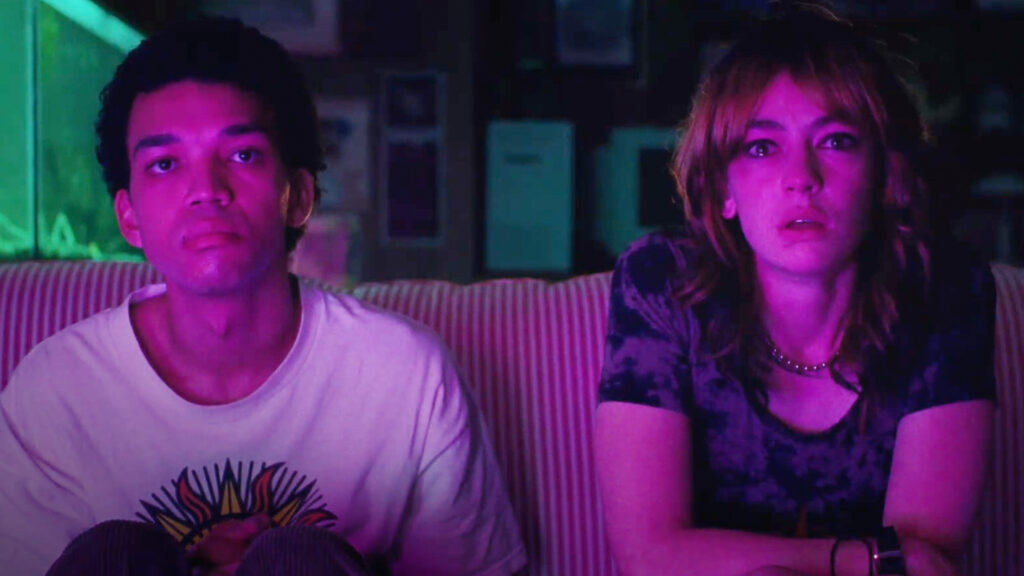
It’s exceedingly rare that a fresh and original cinematic voice emerges, delivering a film unlike anything seen before – Jane Schoenbrun is that rare filmmaker and I Saw The TV Glow is that rare film, a once-in-a-decade masterpiece that has rarely left my thoughts since I first saw it in theaters over eight months ago. I’ve watched the film at home two more times, deepening my love and appreciation for it while discovering new layers and details with each viewing.
The story starts in 1996 and centers around two socially isolated suburban teens, Owen (Justice Smith) and Maddy (Brigette Lundy-Paine). The two bond over an obscure TV show called The Pink Opaque, which depicts the adventures of psychic teens Isobel (Helena Howard) and Tara (Lindsey Jordan) as they battle Mr. Melancholy, a supervillain with the power to warp time who lives on the moon.
For Owen and Maddy, the show is such a powerful obsession that the lines between fantasy and reality eventually start to blur, as elements of the show begin to alarmingly mirror and cross over into their everyday lives. Is it possible The Pink Opaque could be more than just a TV show? “Sometimes the show feels more real than real life,” Maddy admits in a moment of aching authenticity. Owen isn’t convinced, but when Maddy suddenly disappears without a trace, he’s left alone to search for answers, struggling to find the courage to open himself up and see what’s inside.
To say anything more would spoil the journey and the many surprises this magical film holds in store. This is the kind of movie where you can tell even the smallest details were carefully considered – the script is loaded with subtle narrative clues and obscure 90’s pop culture references. Schoenbrun is an auteur with a fully-formed vision who knows exactly how to bring it to life, assisted by Eric K. Yue’s colorfully vibrant cinematography, Sofi Marshall’s crisp editing, and Alex G’s evocative score. A killer original soundtrack featuring Yeule, Caroline Polachek, and many more is the cherry on top.
Still, none of this would work without the two leads. Smith delivers a heart-wrenching portrait of loneliness and dysphoria, while Lundy-Paine stuns with their steely-eyed intensity and fearless commitment to the role. Both actors nail the film’s subtle build-up of emotions, culminating in a crescendo that left me shattered to pieces. Equal parts coming-of-age story, surrealist fantasy-horror, and an allegory for the trans experience, I Saw The TV Glow isn’t just the best film of 2024 – it’s one of the most haunting and moving experiences I’ve ever had at the cinema.

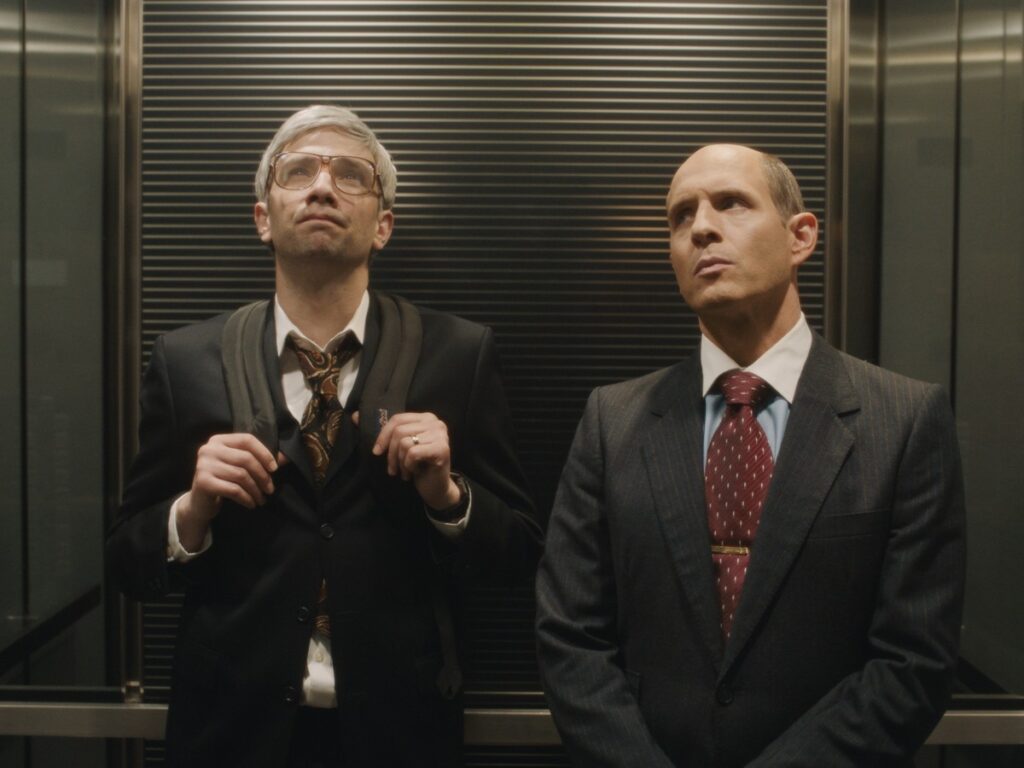
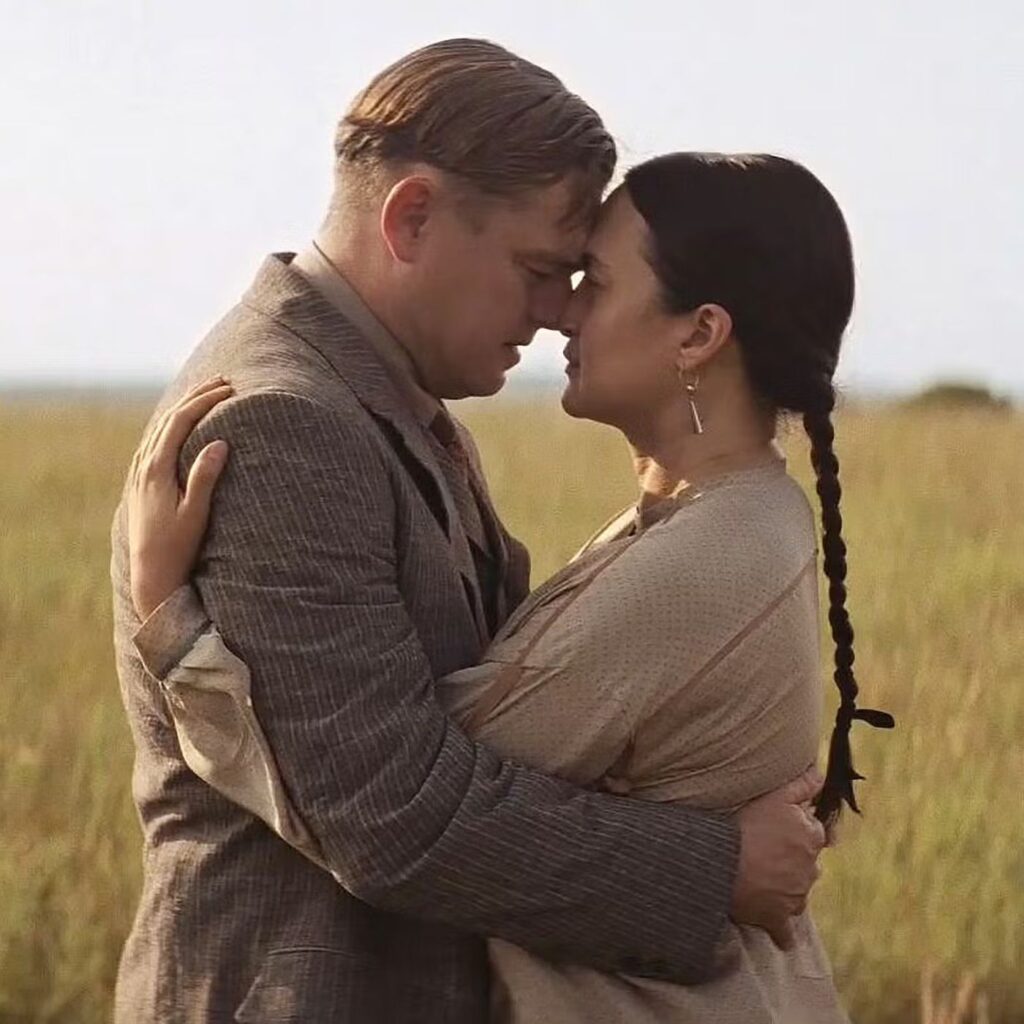
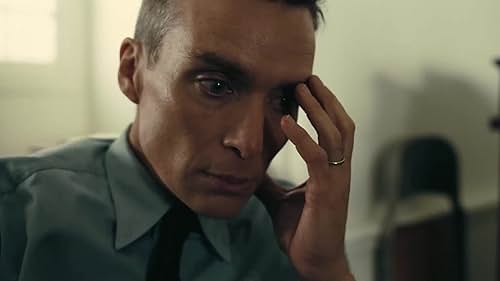
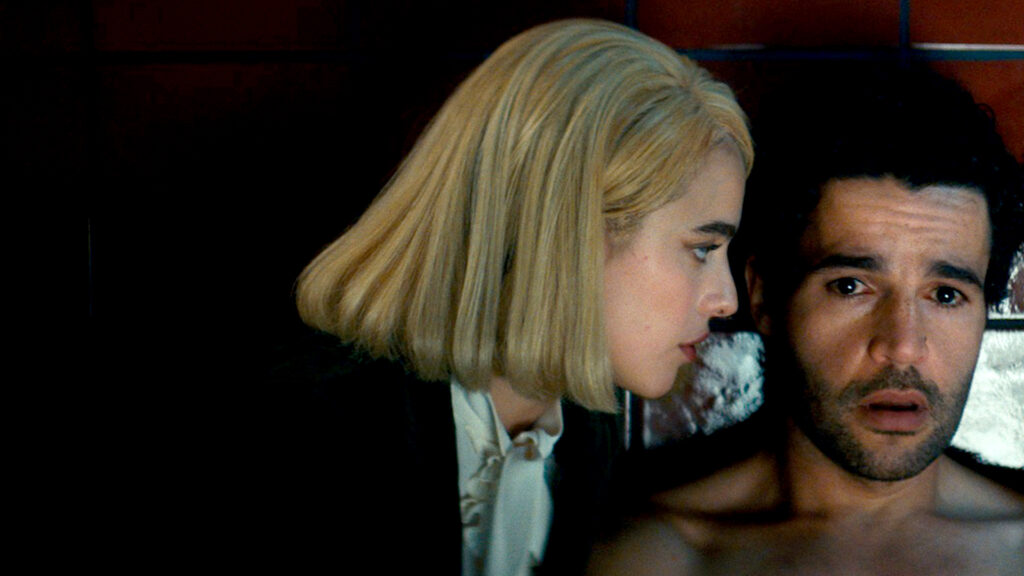
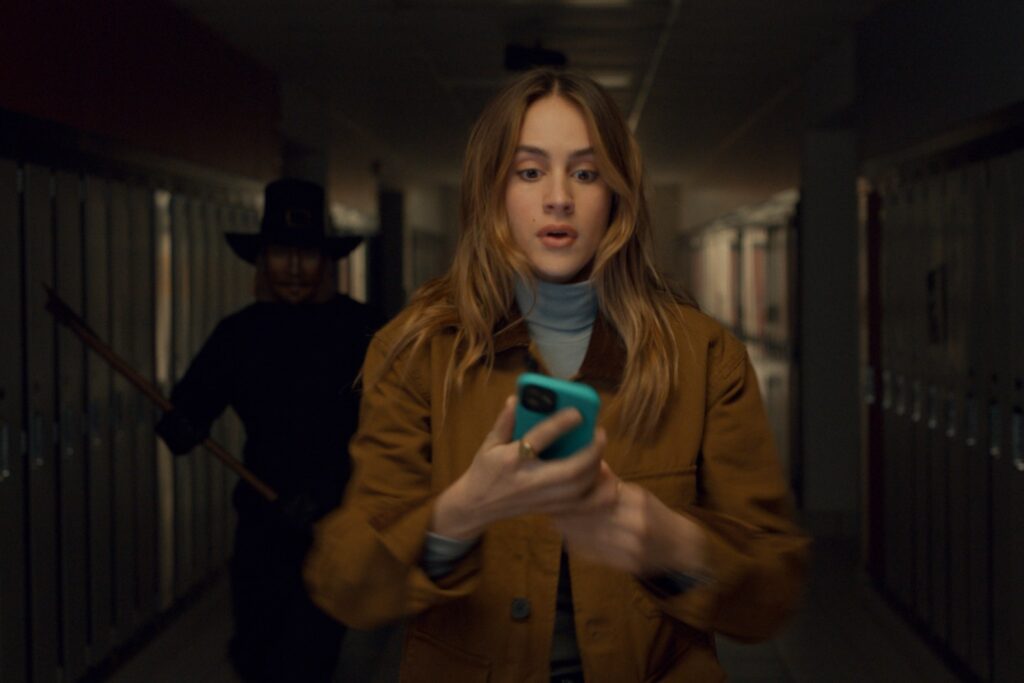


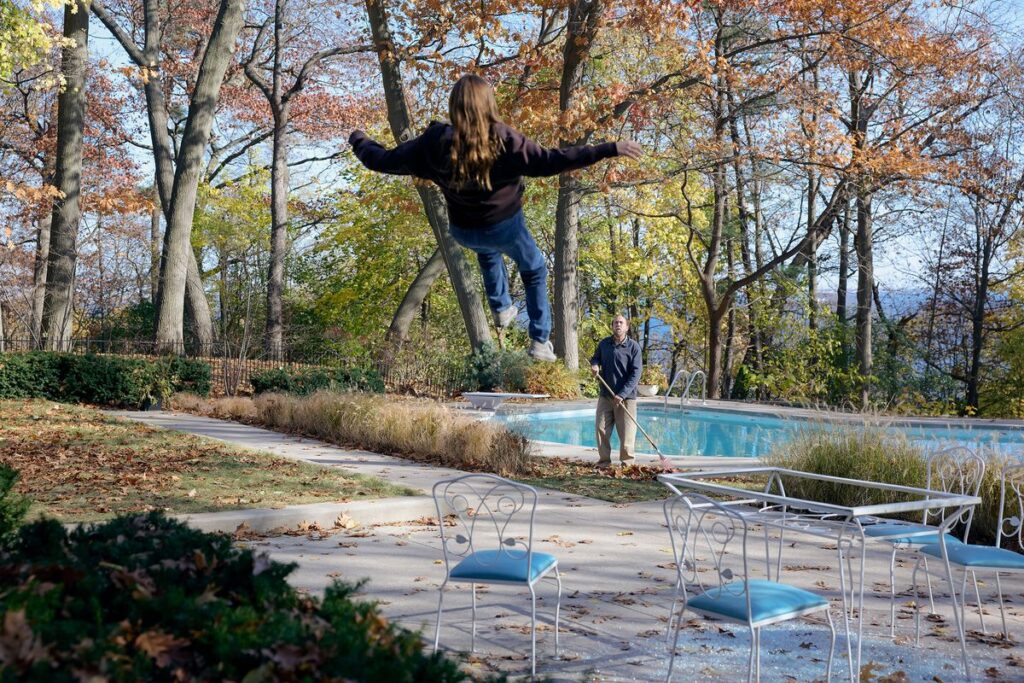
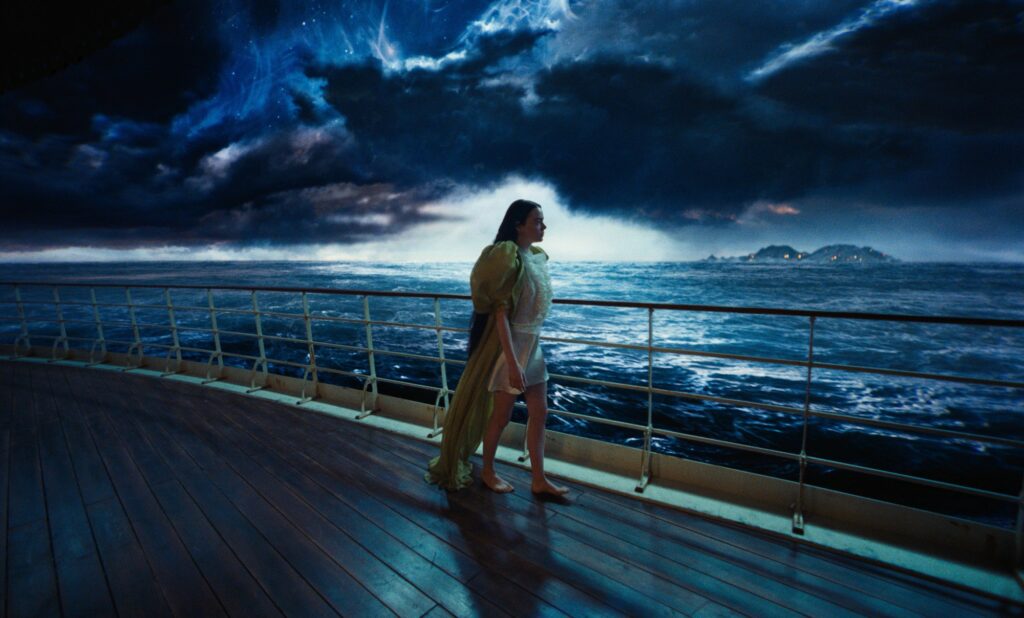








 Oneohtrix Point Never is one of my favorite musicians, but I have to say I felt a bit underwhelmed by his last two efforts. Thankfully, Again is a triumphant return to form that digs back through his large discography to re-explore the many sounds that made me fall in love with his music in the first place.
Oneohtrix Point Never is one of my favorite musicians, but I have to say I felt a bit underwhelmed by his last two efforts. Thankfully, Again is a triumphant return to form that digs back through his large discography to re-explore the many sounds that made me fall in love with his music in the first place.

